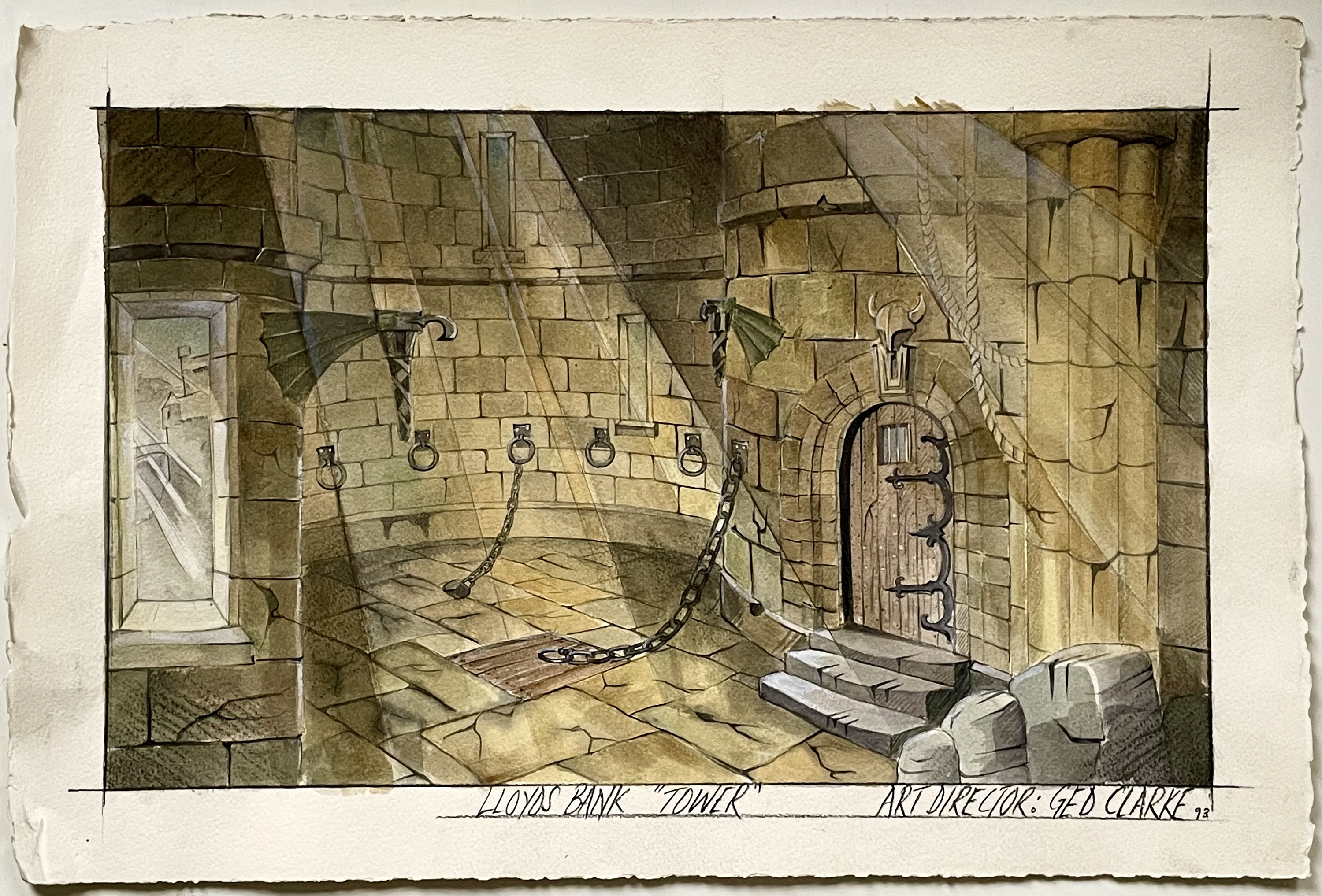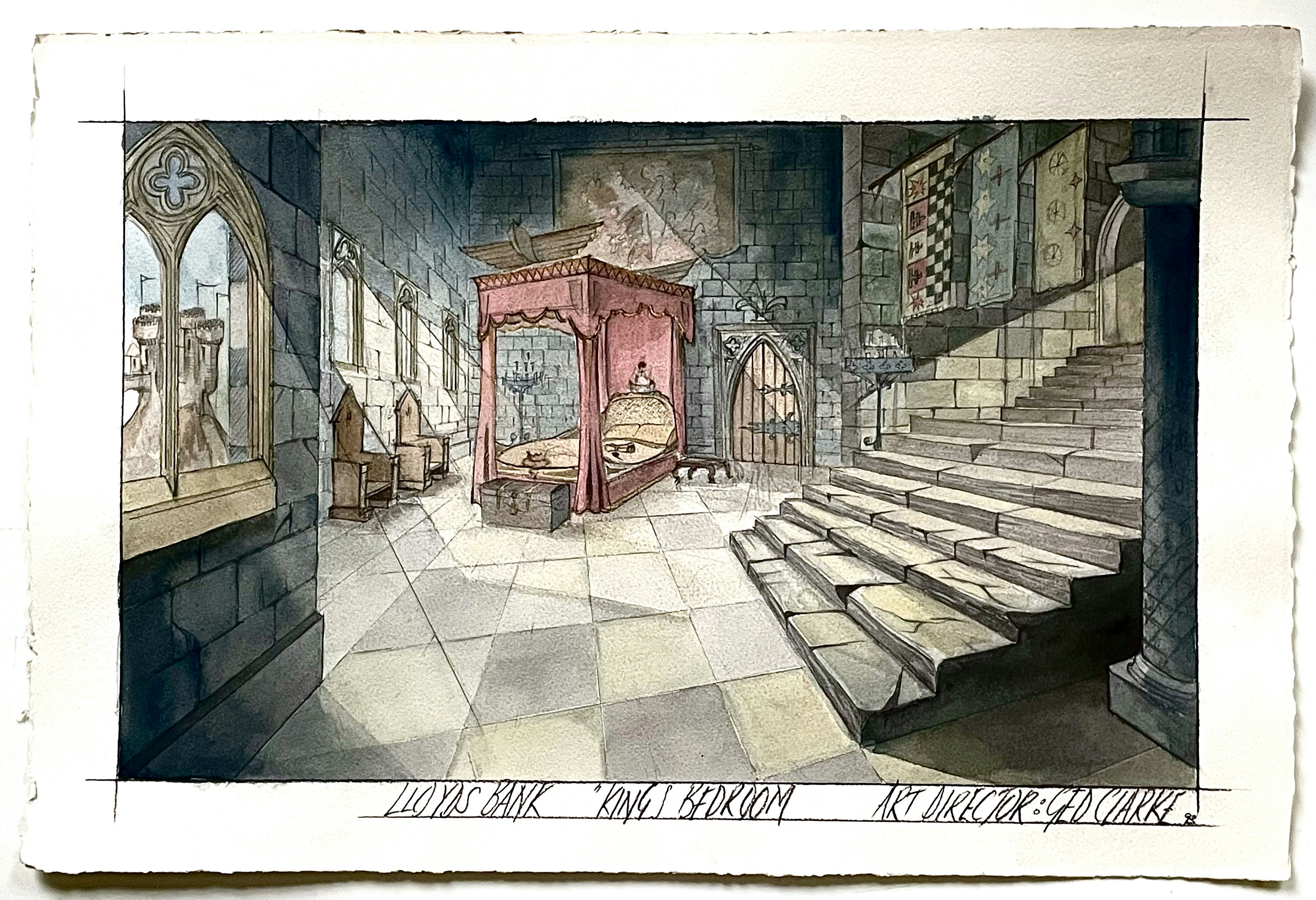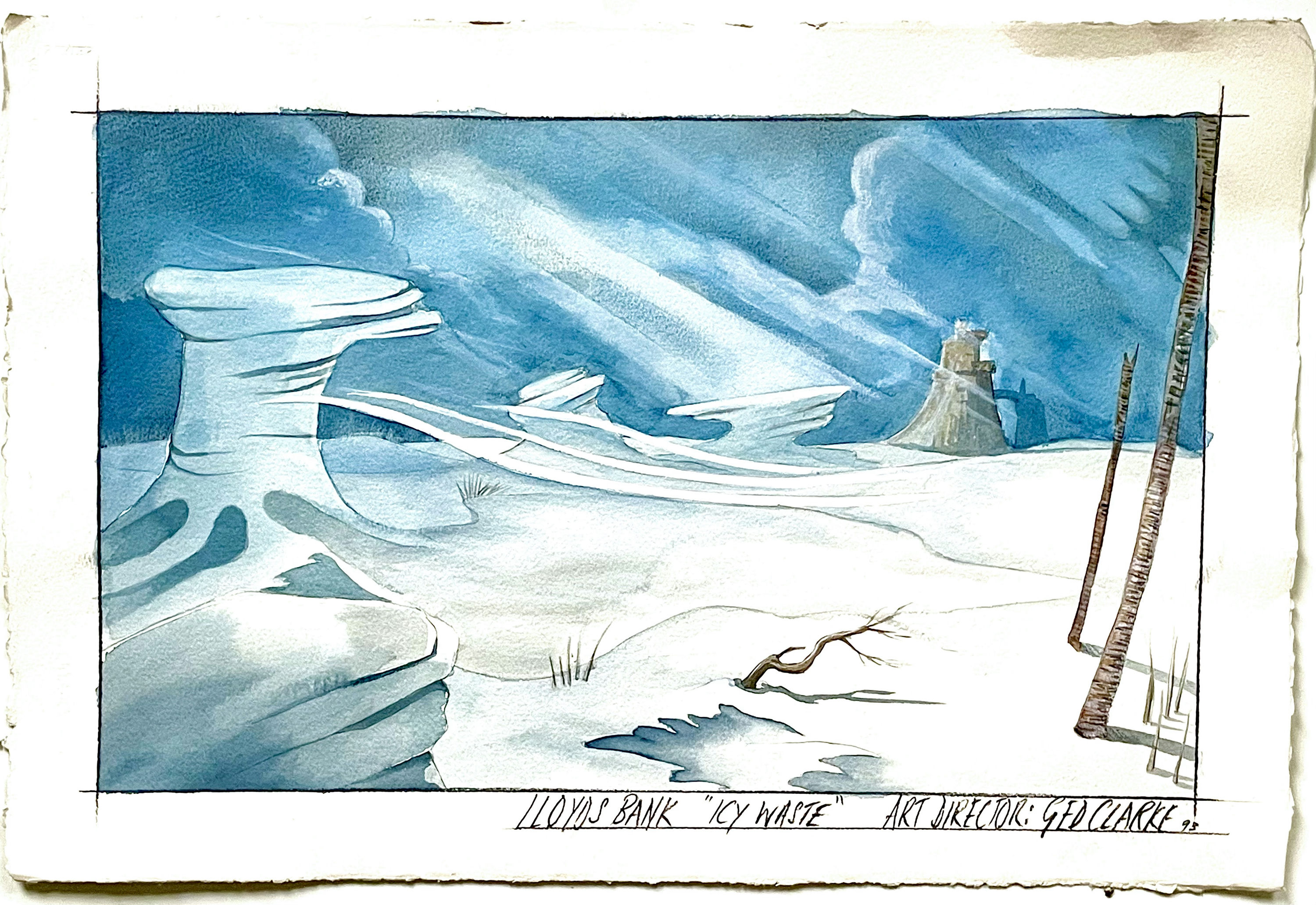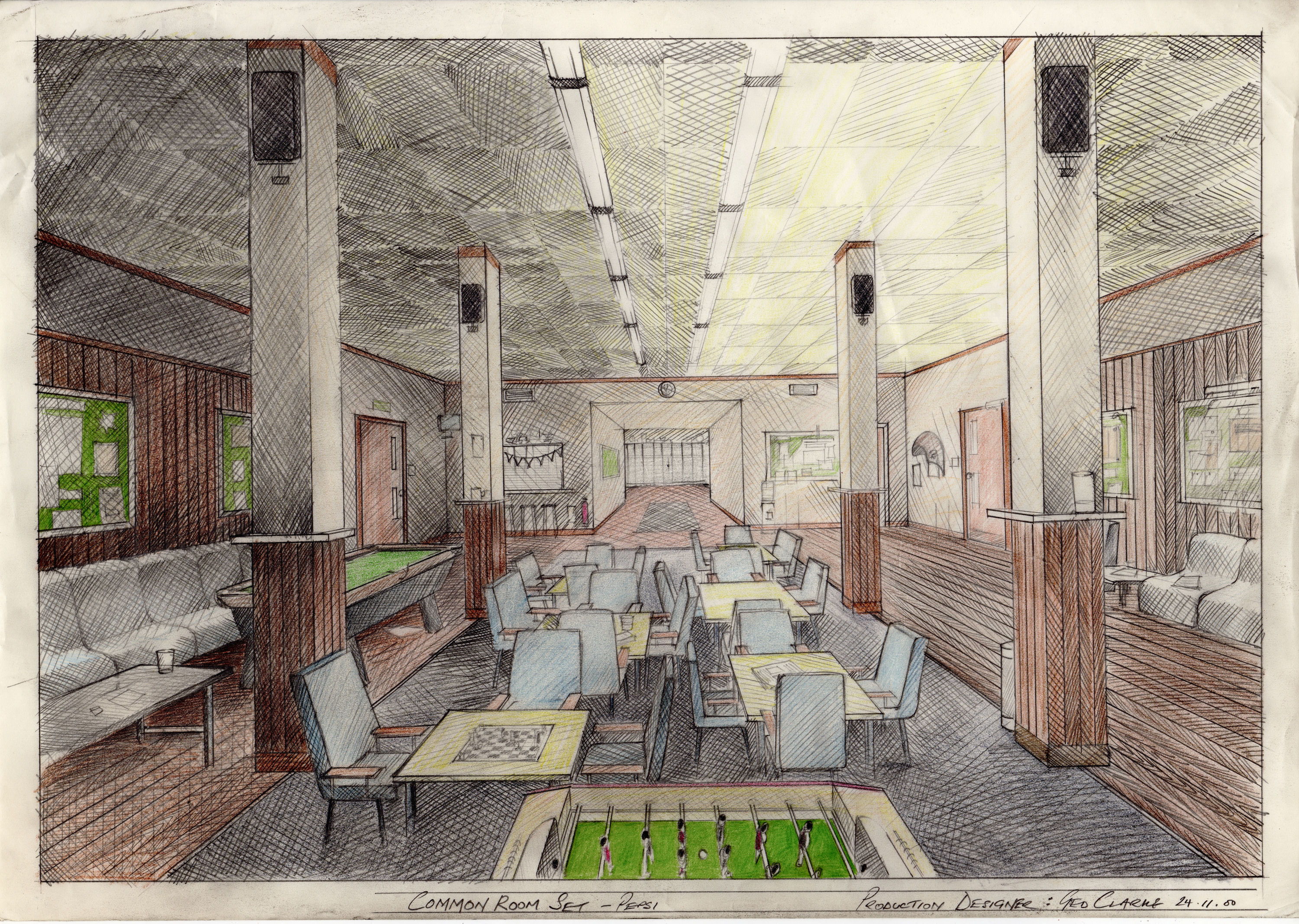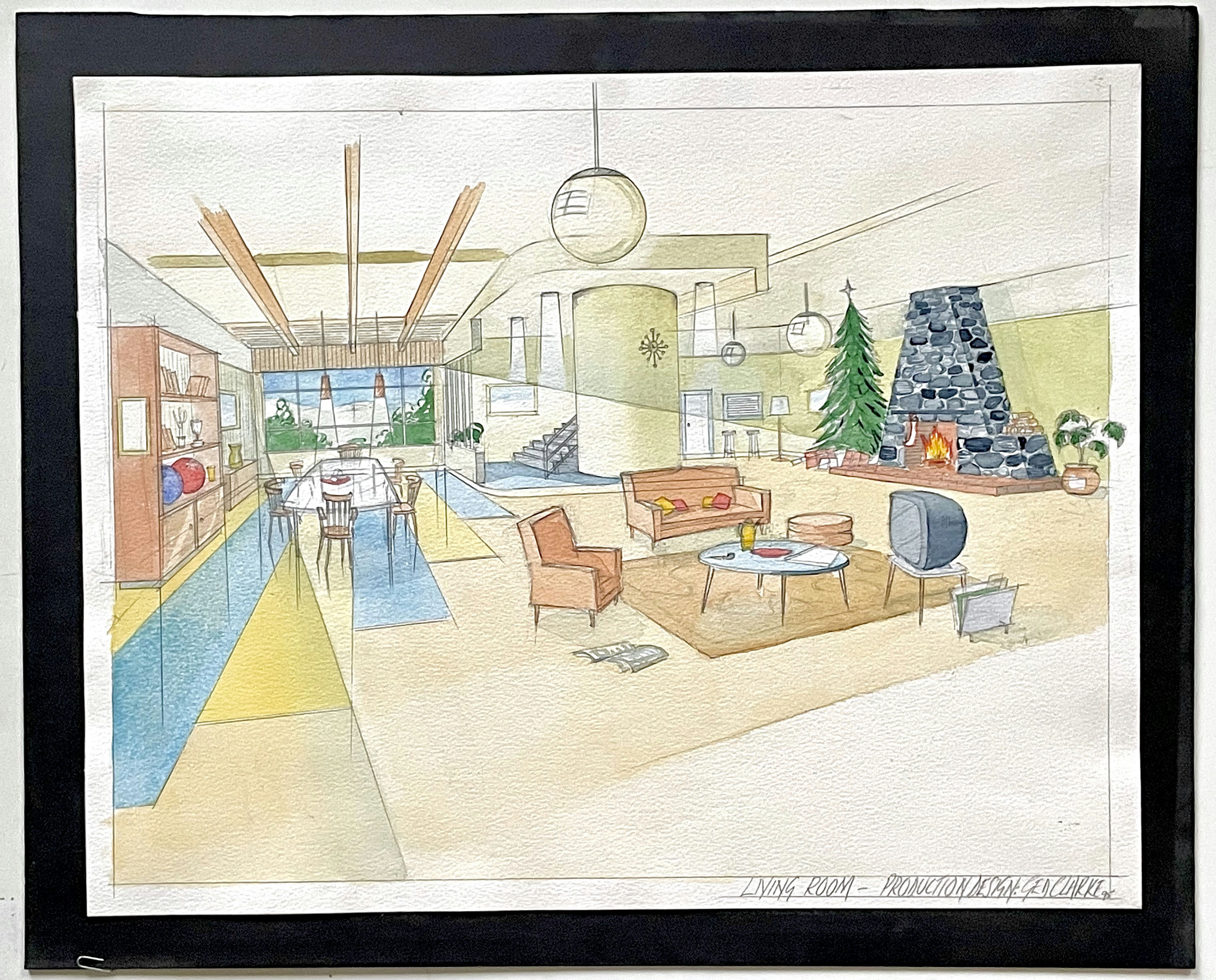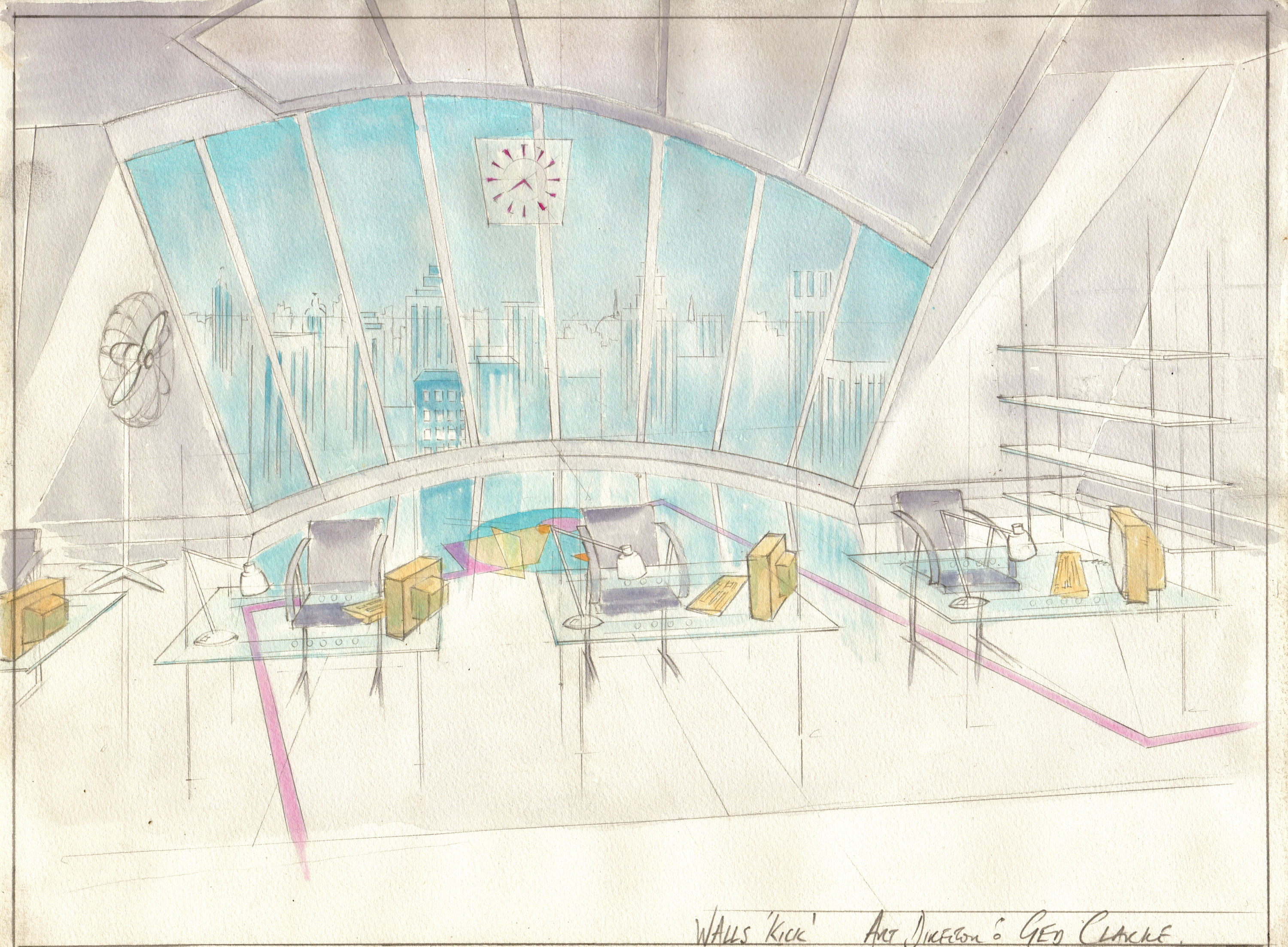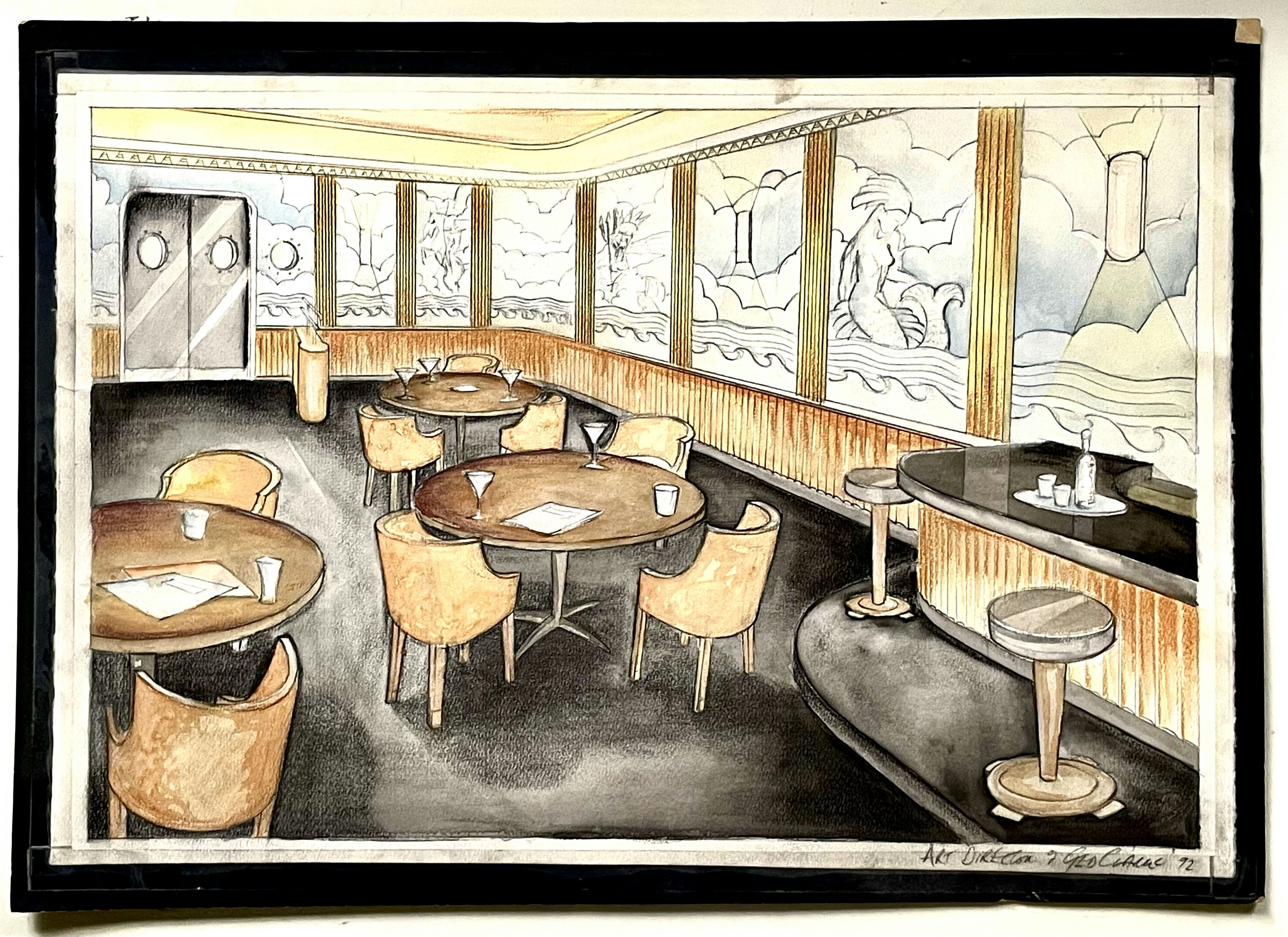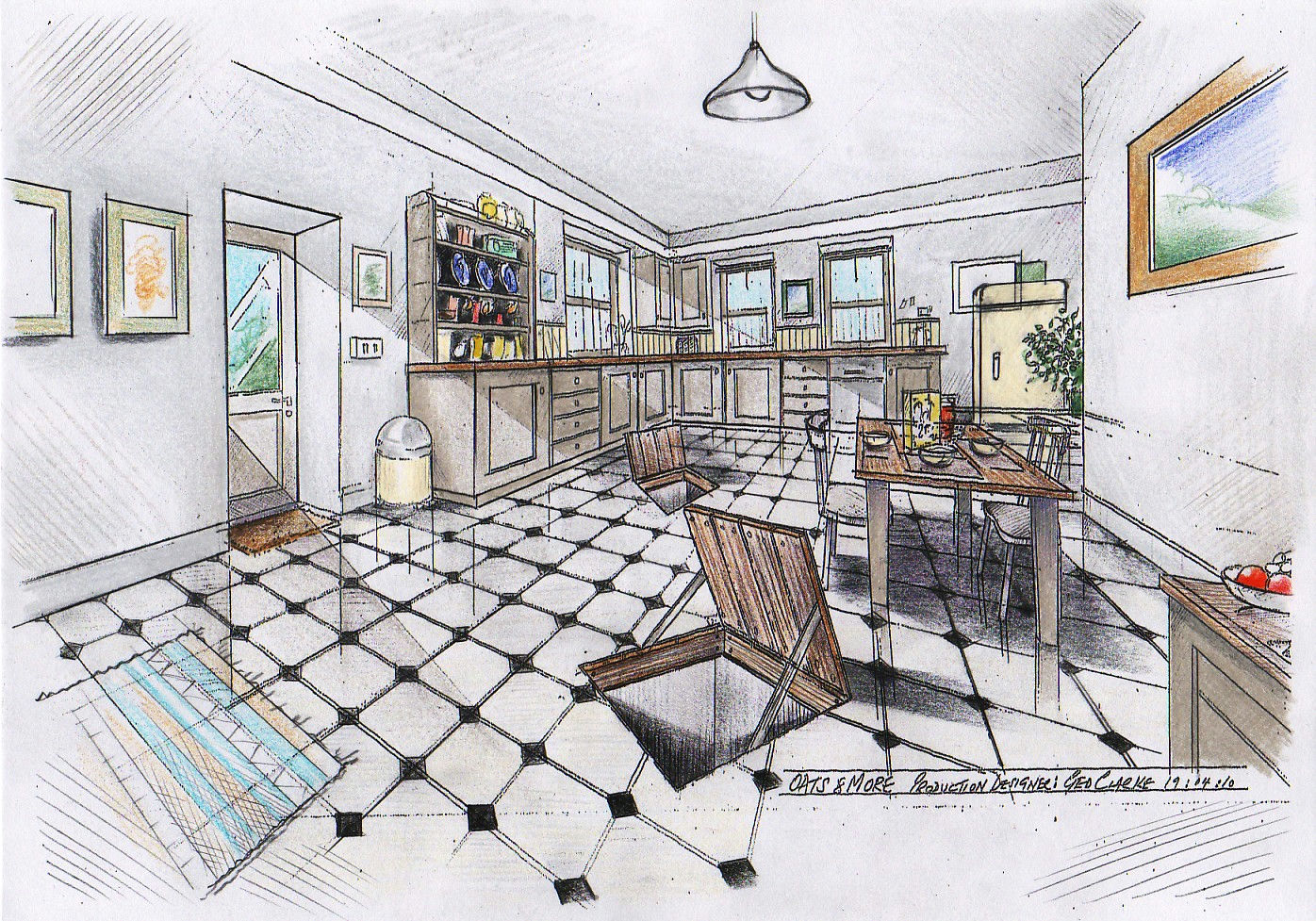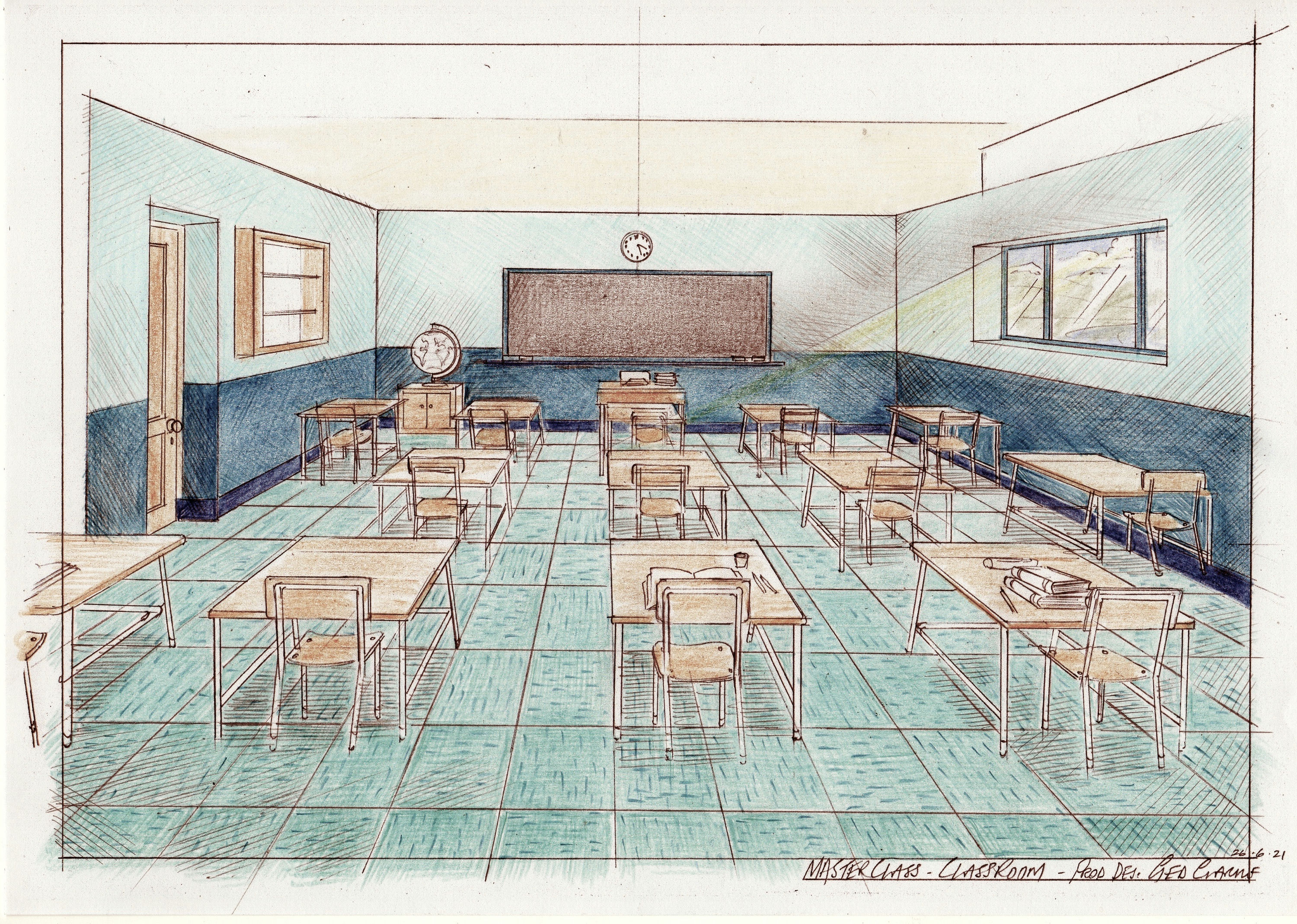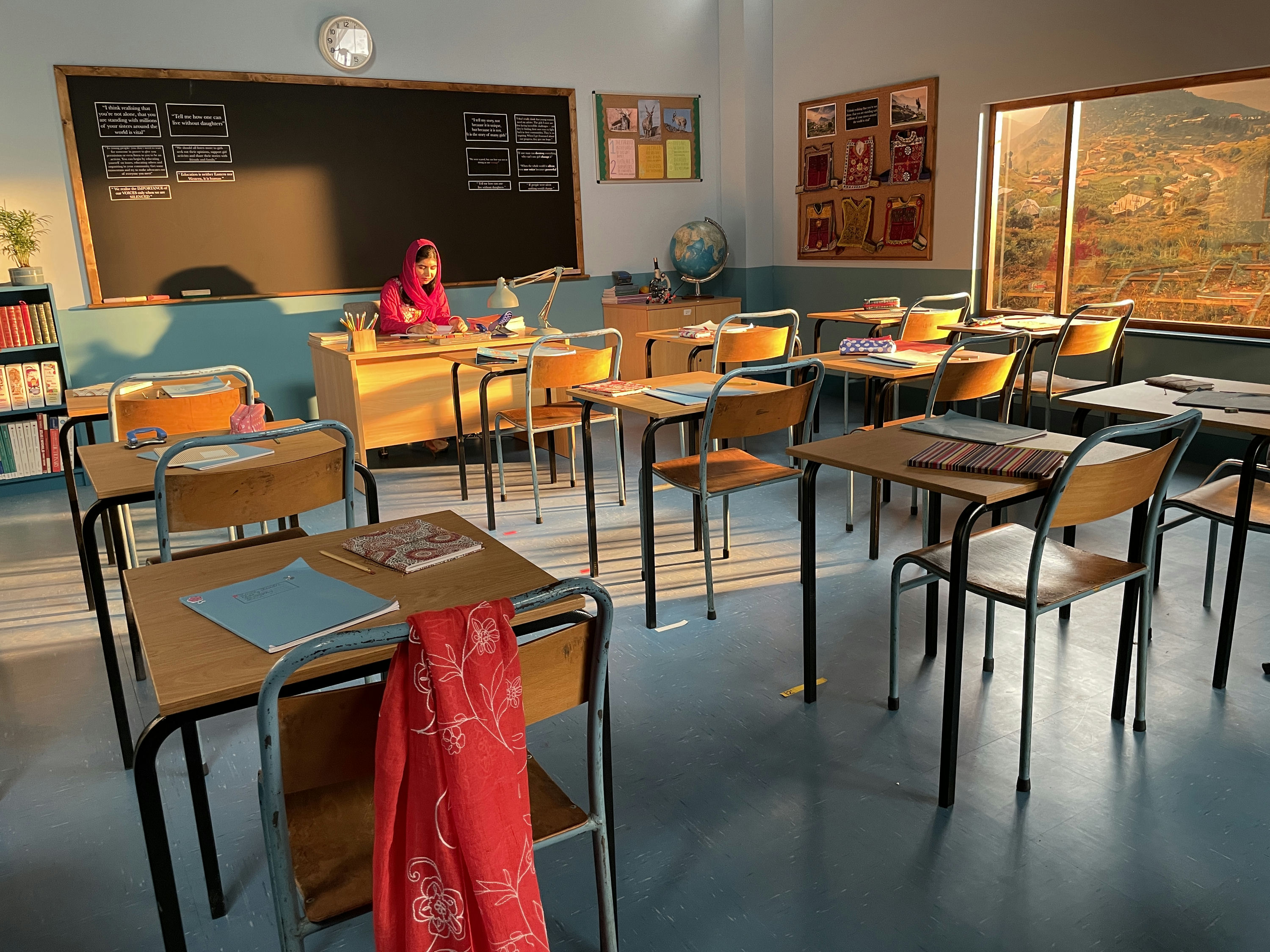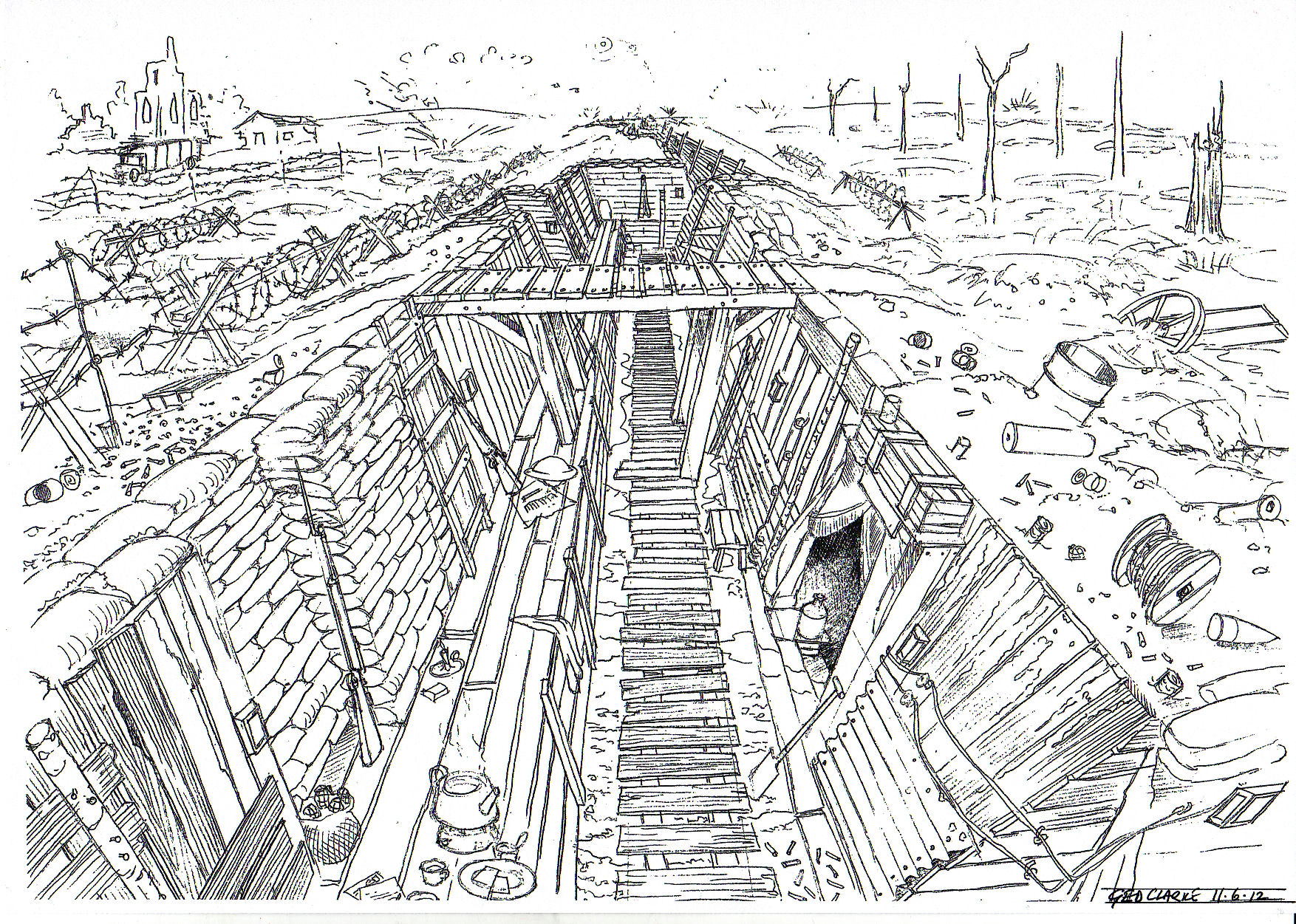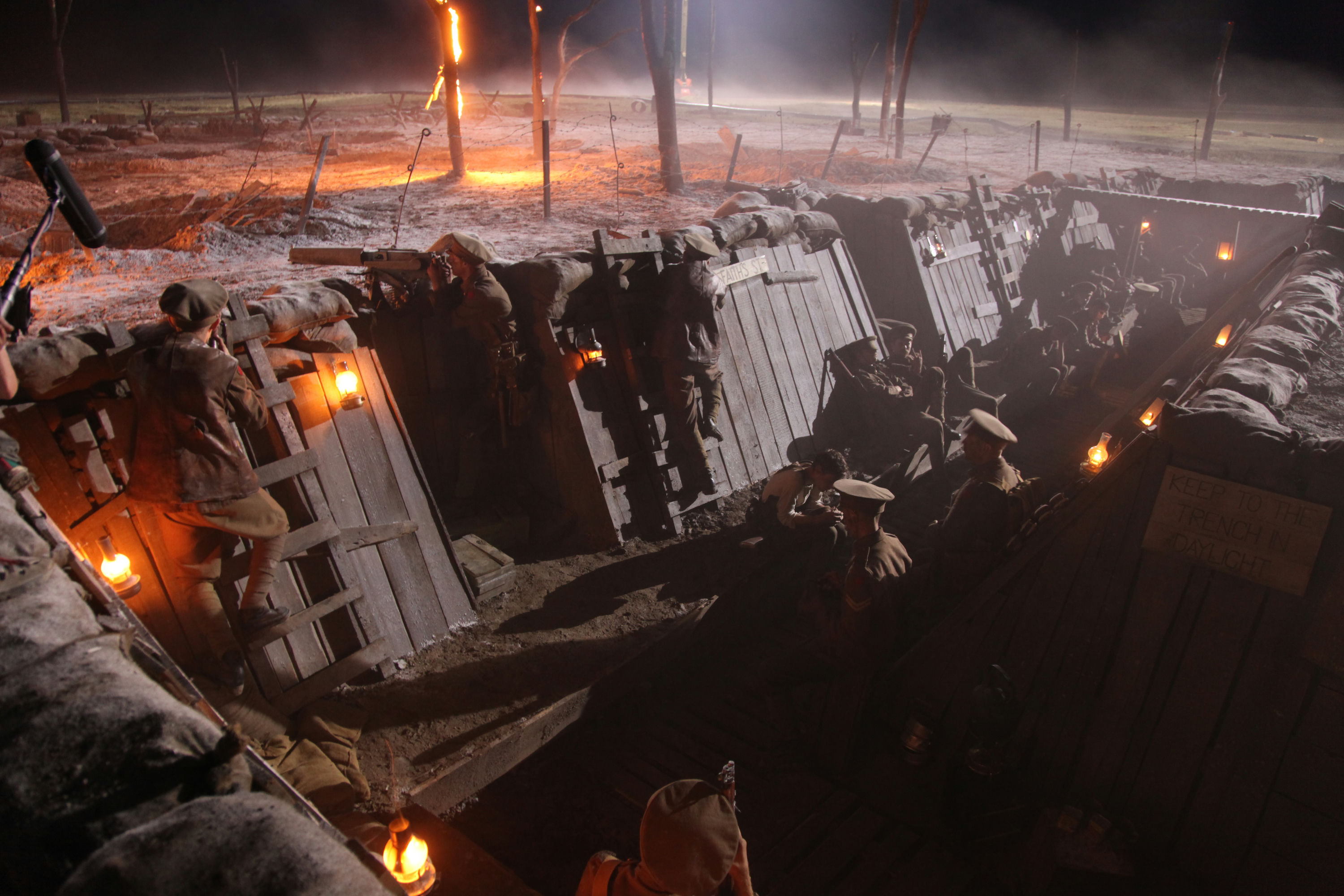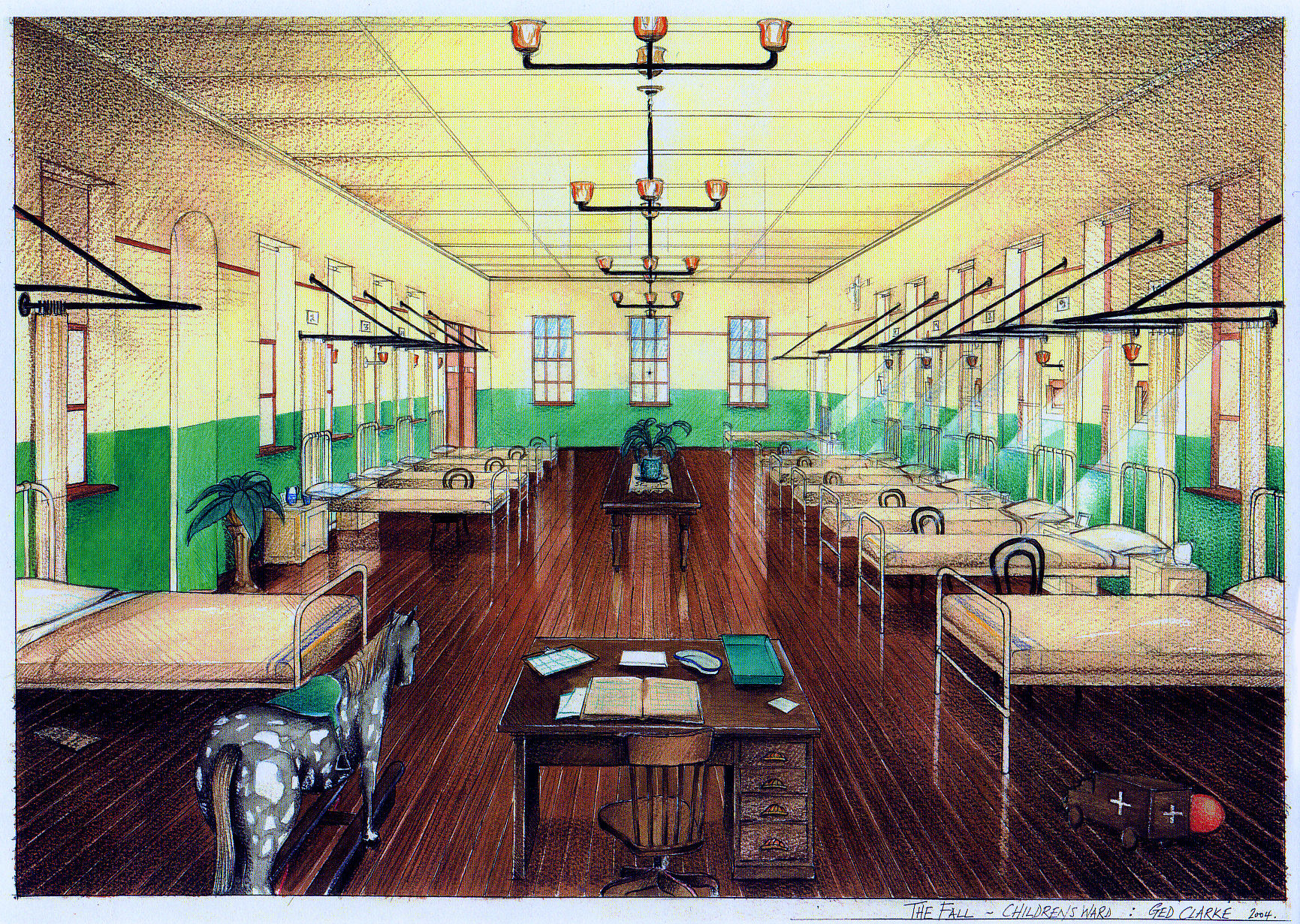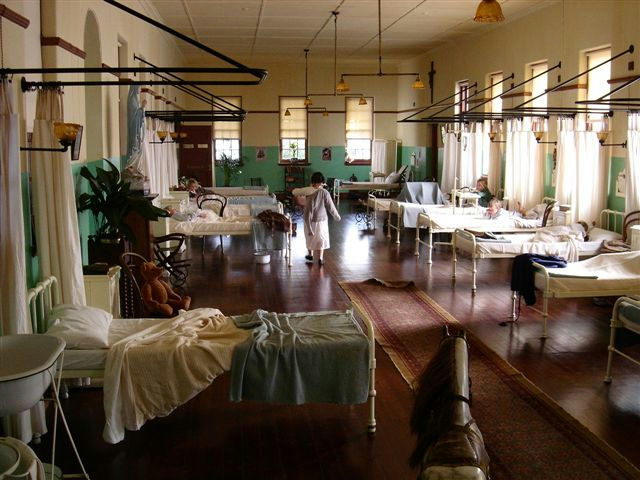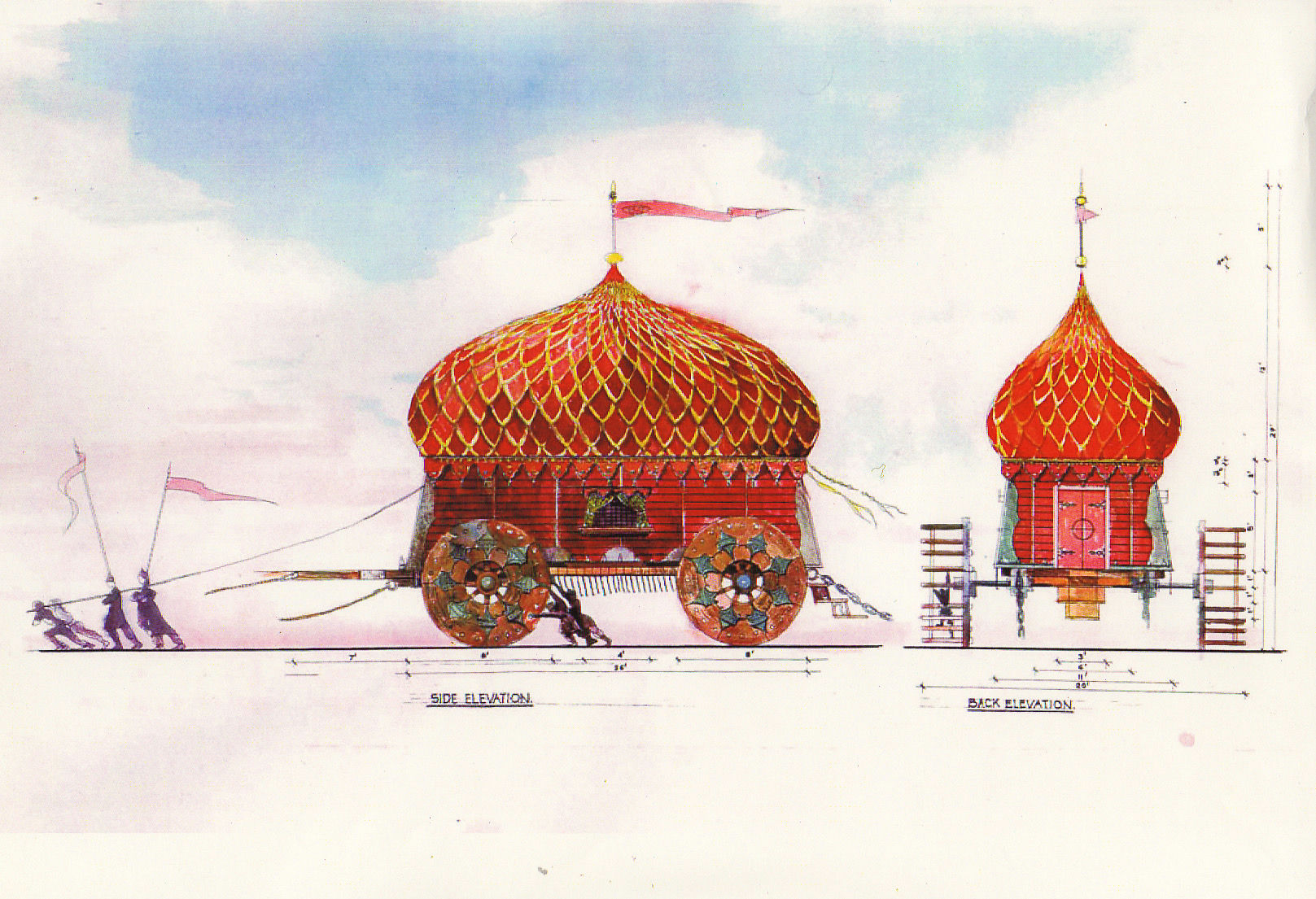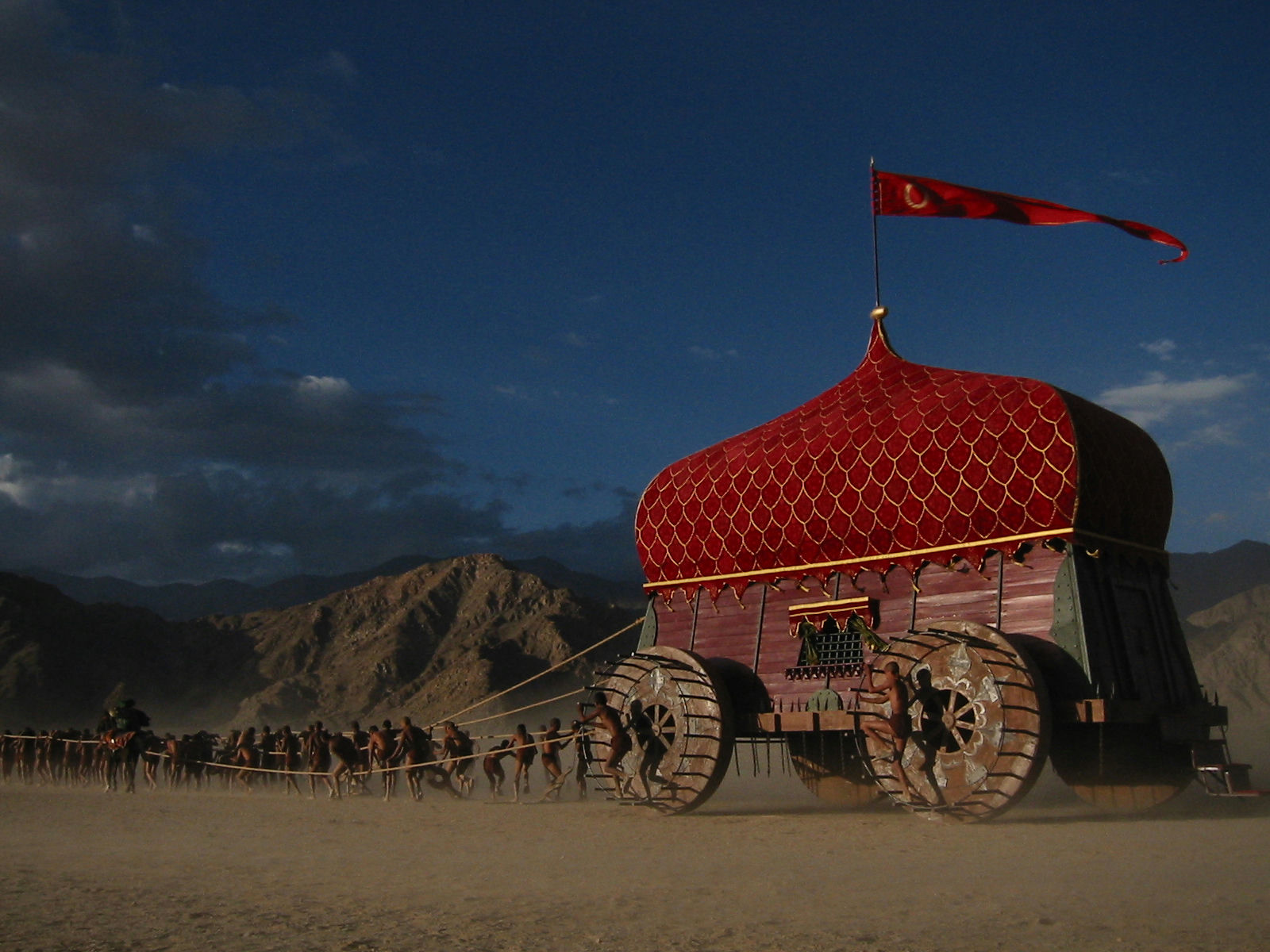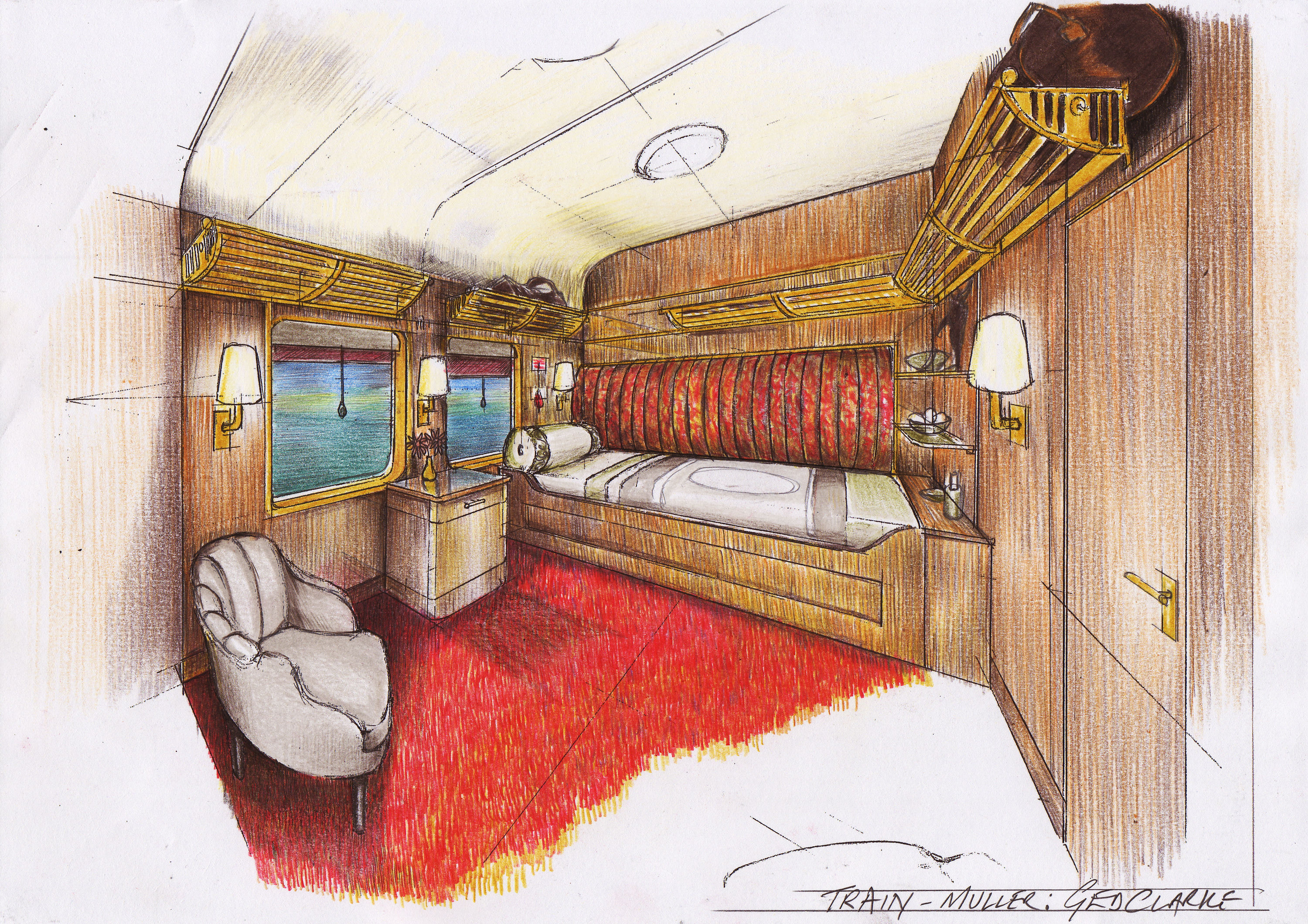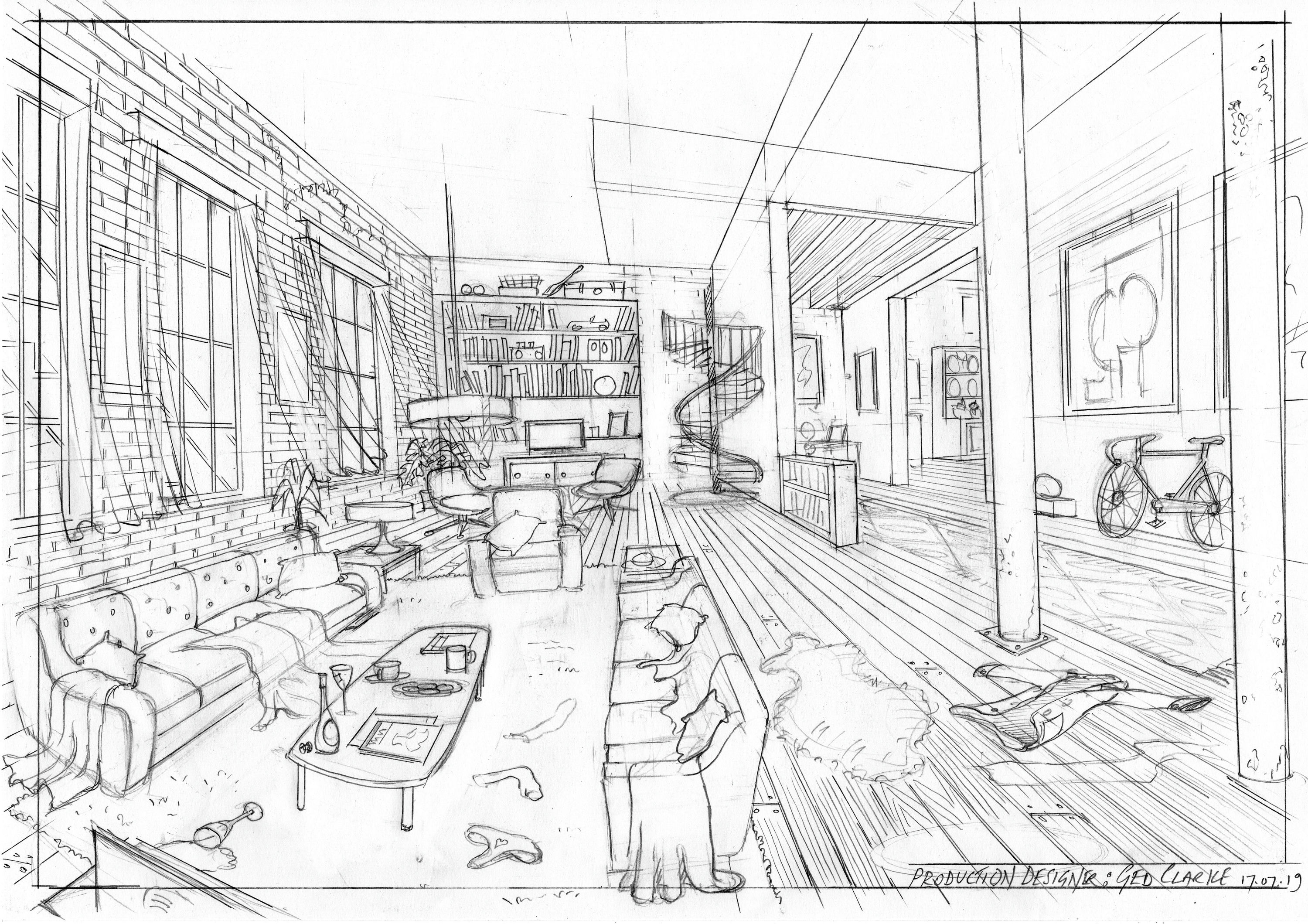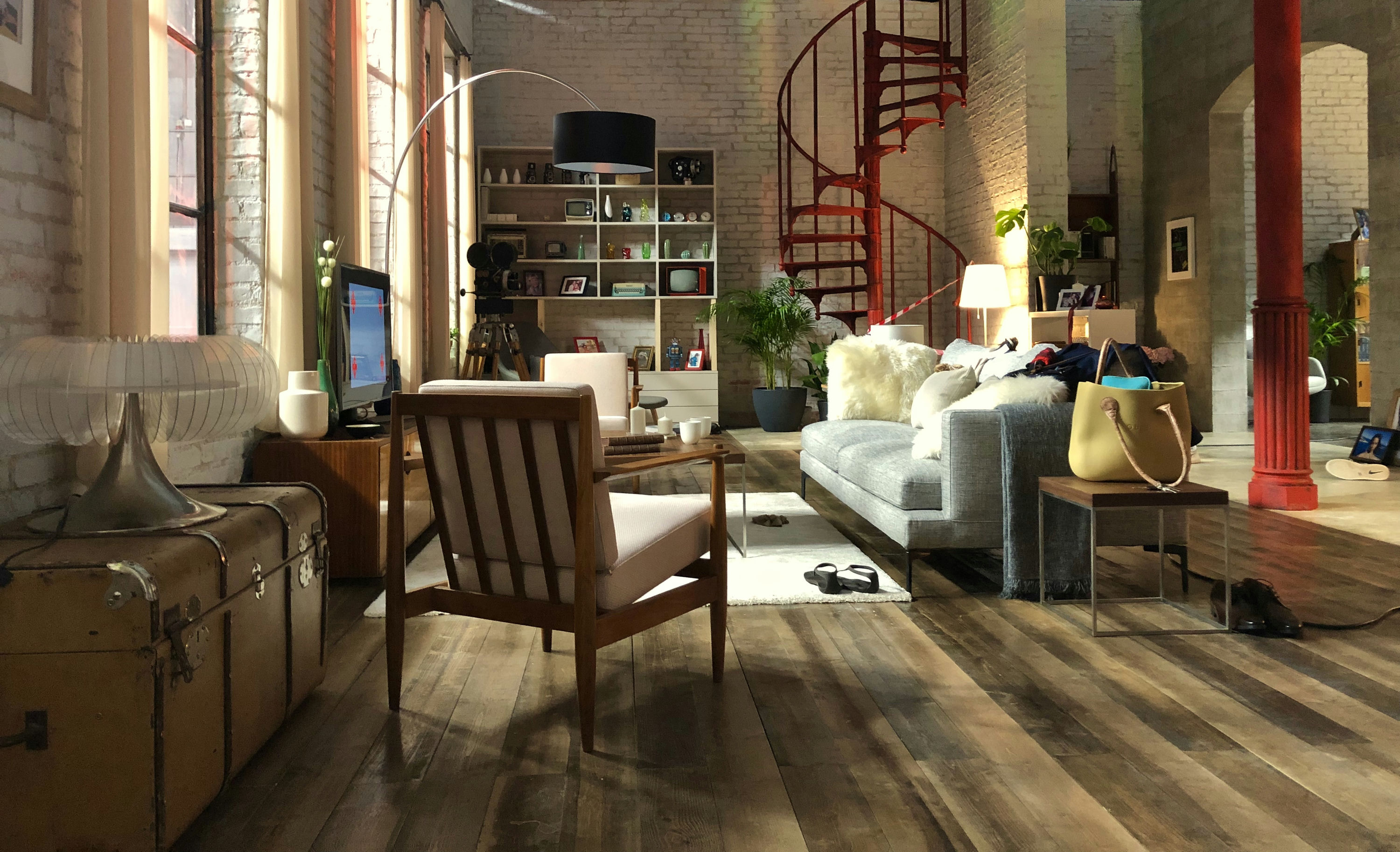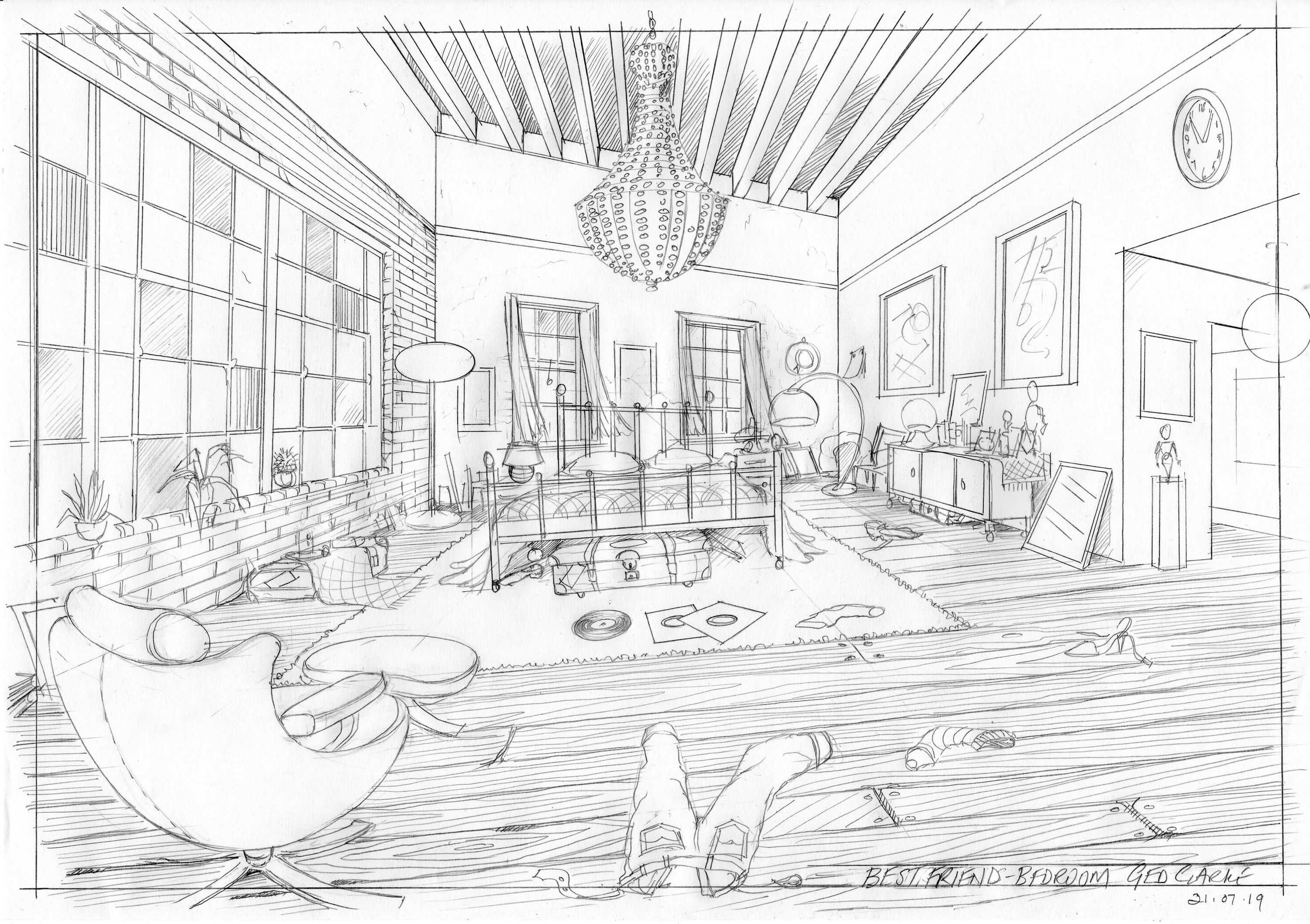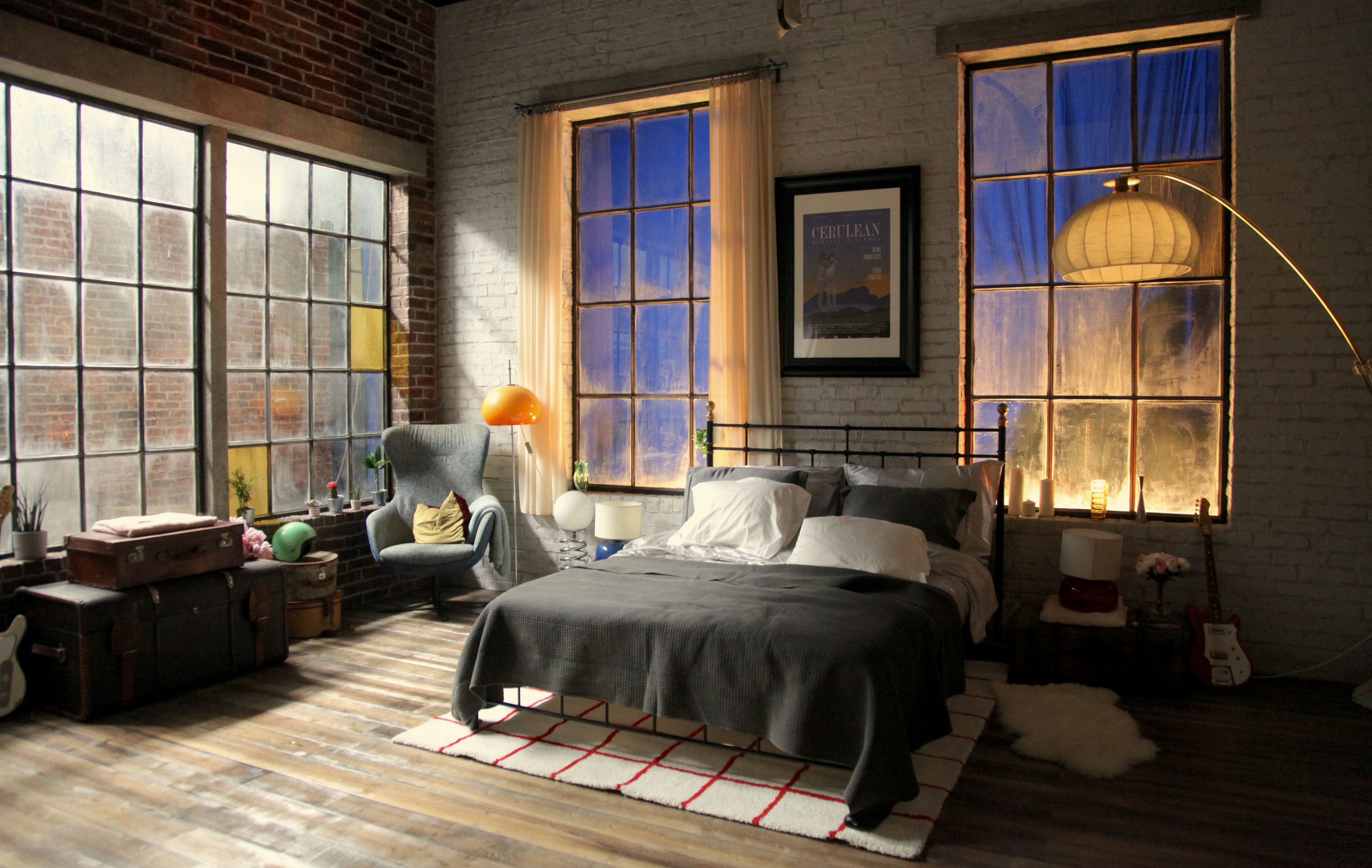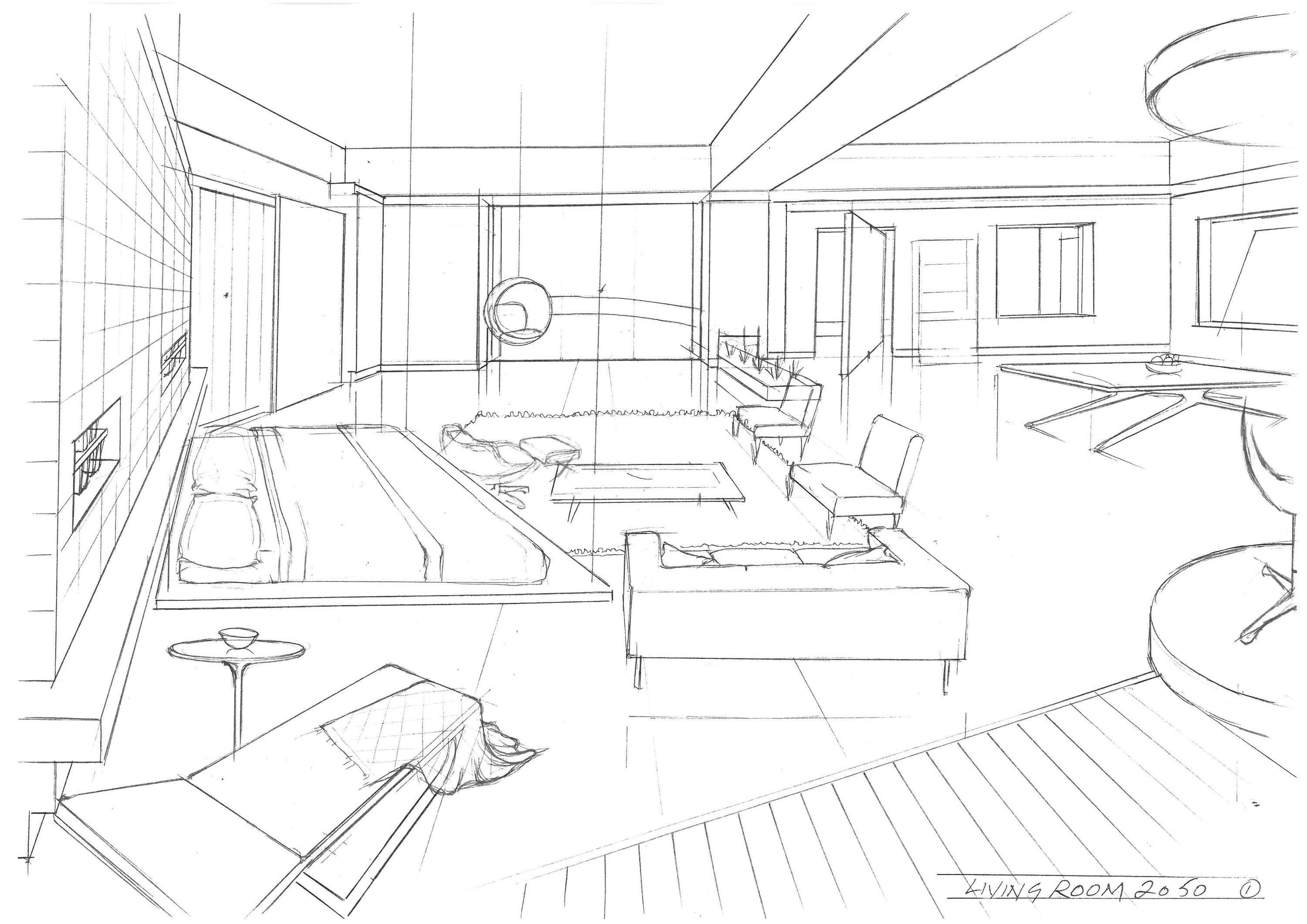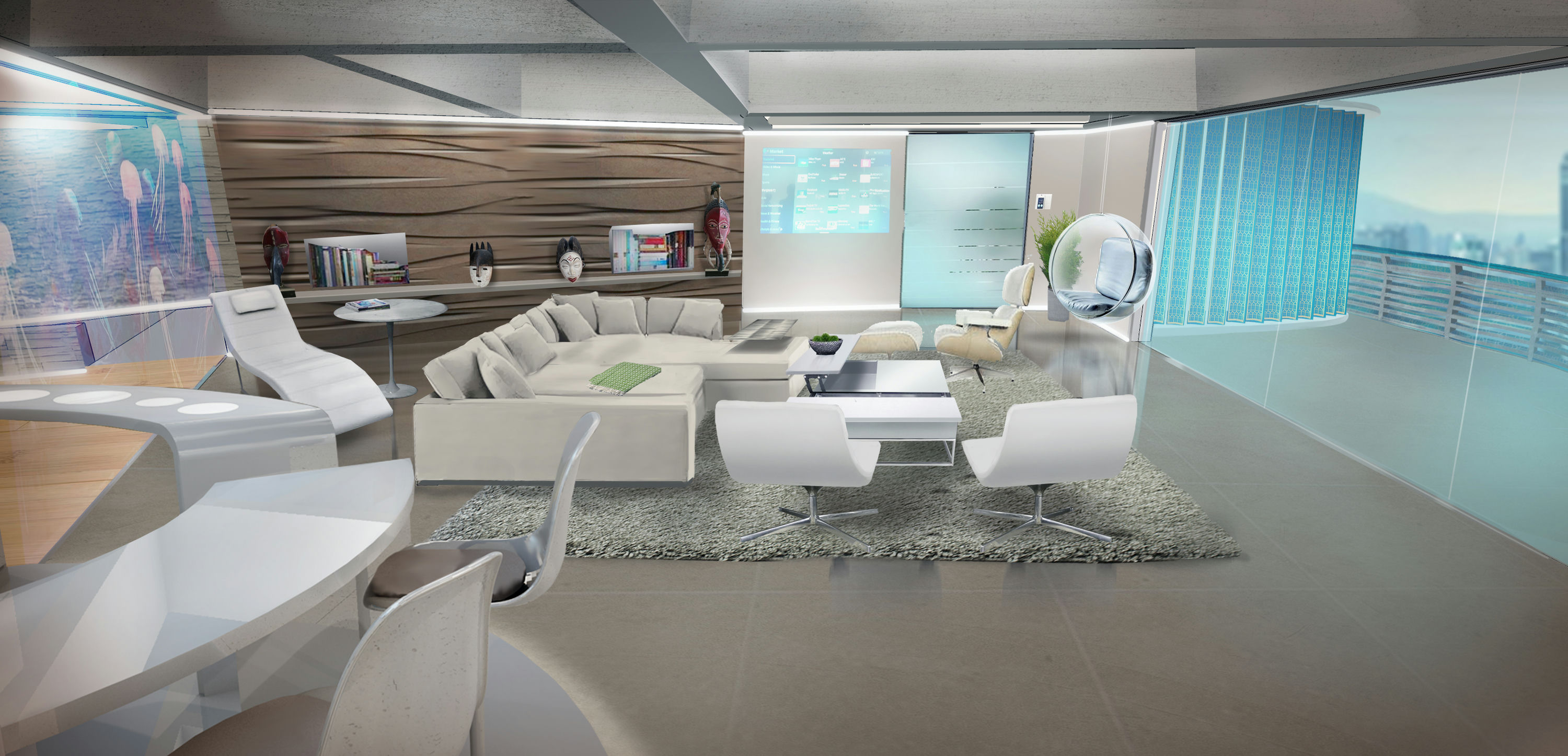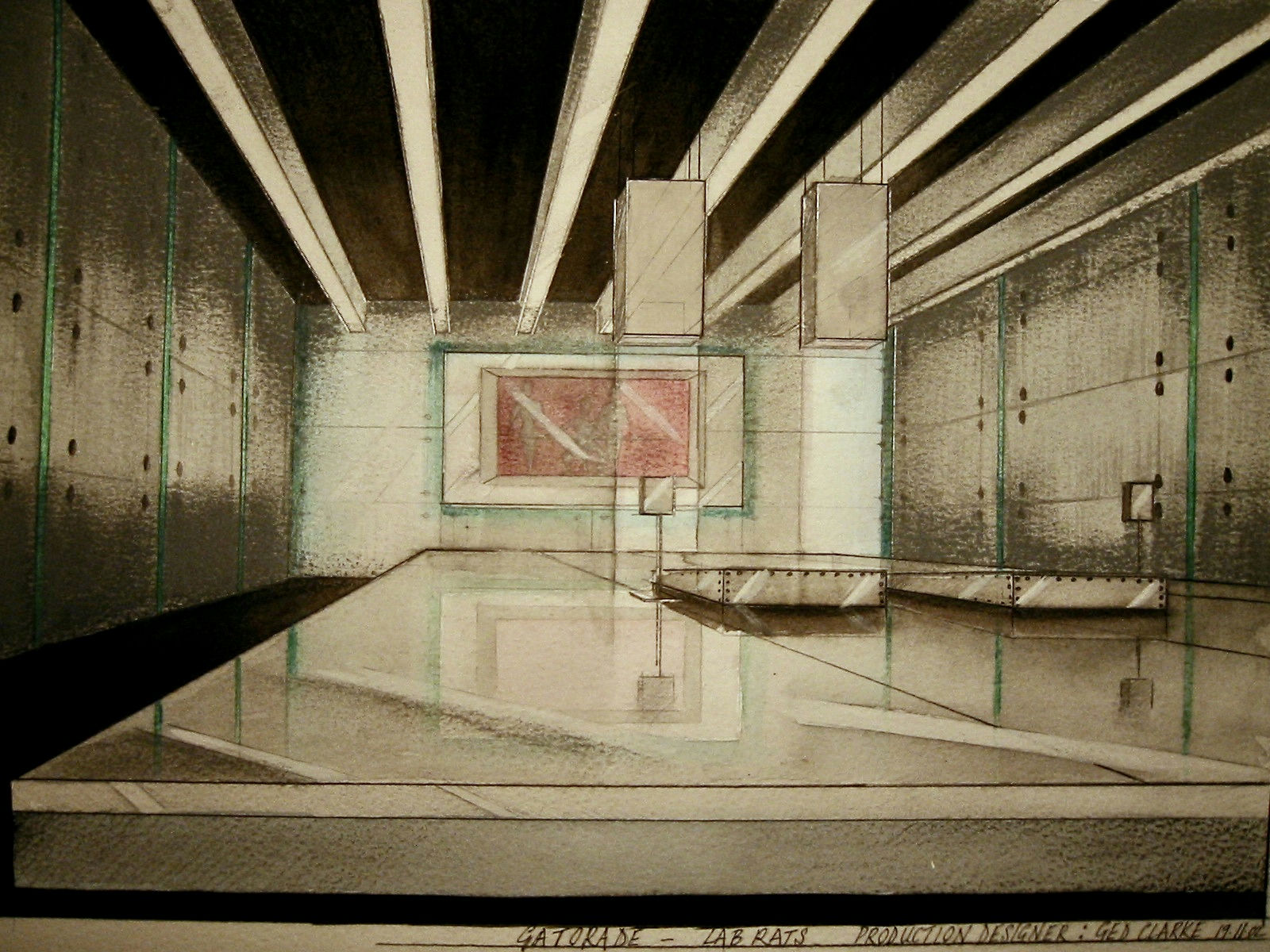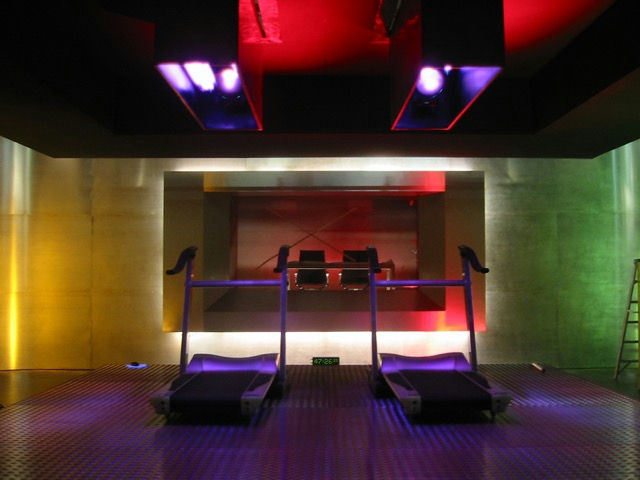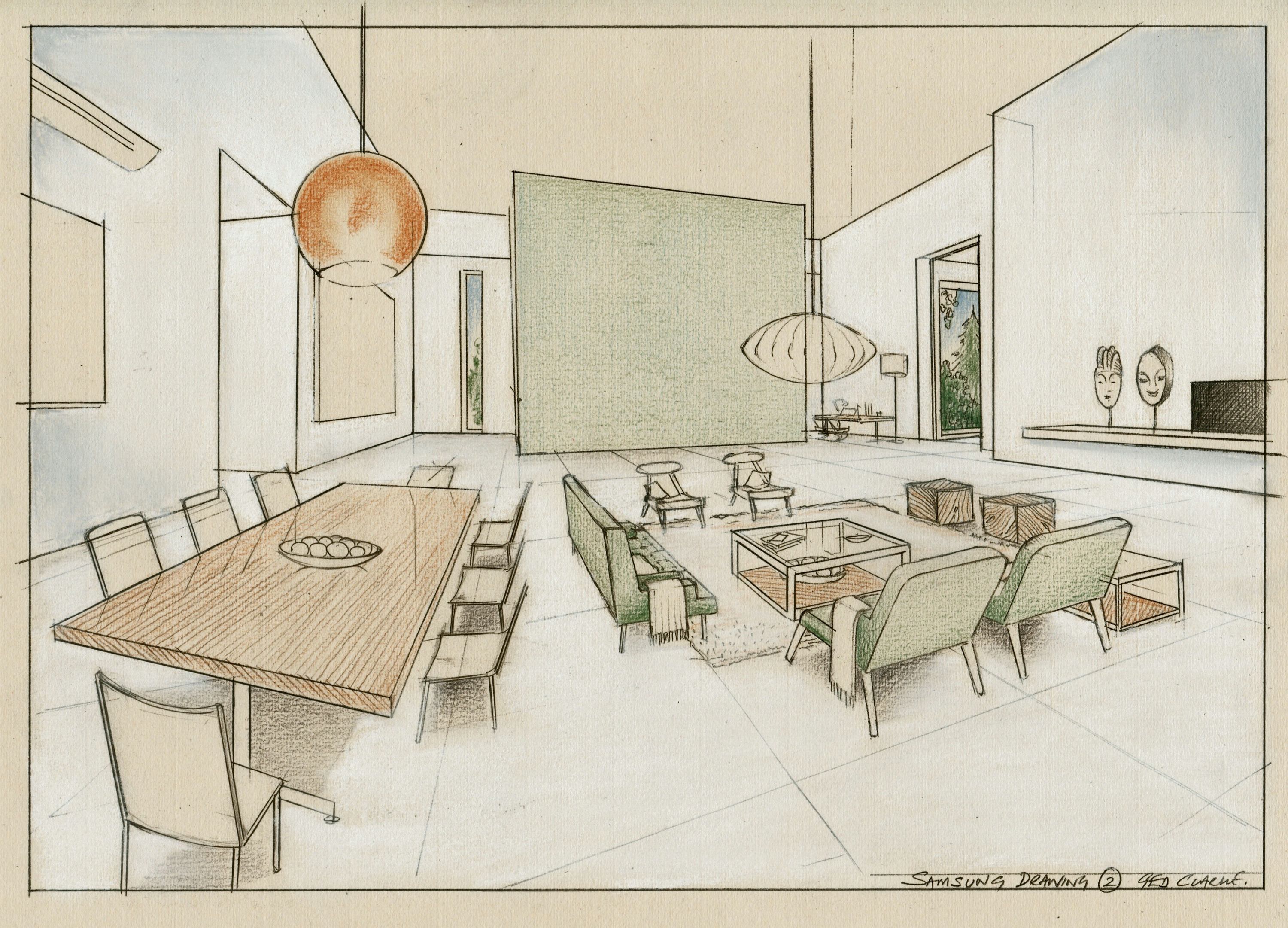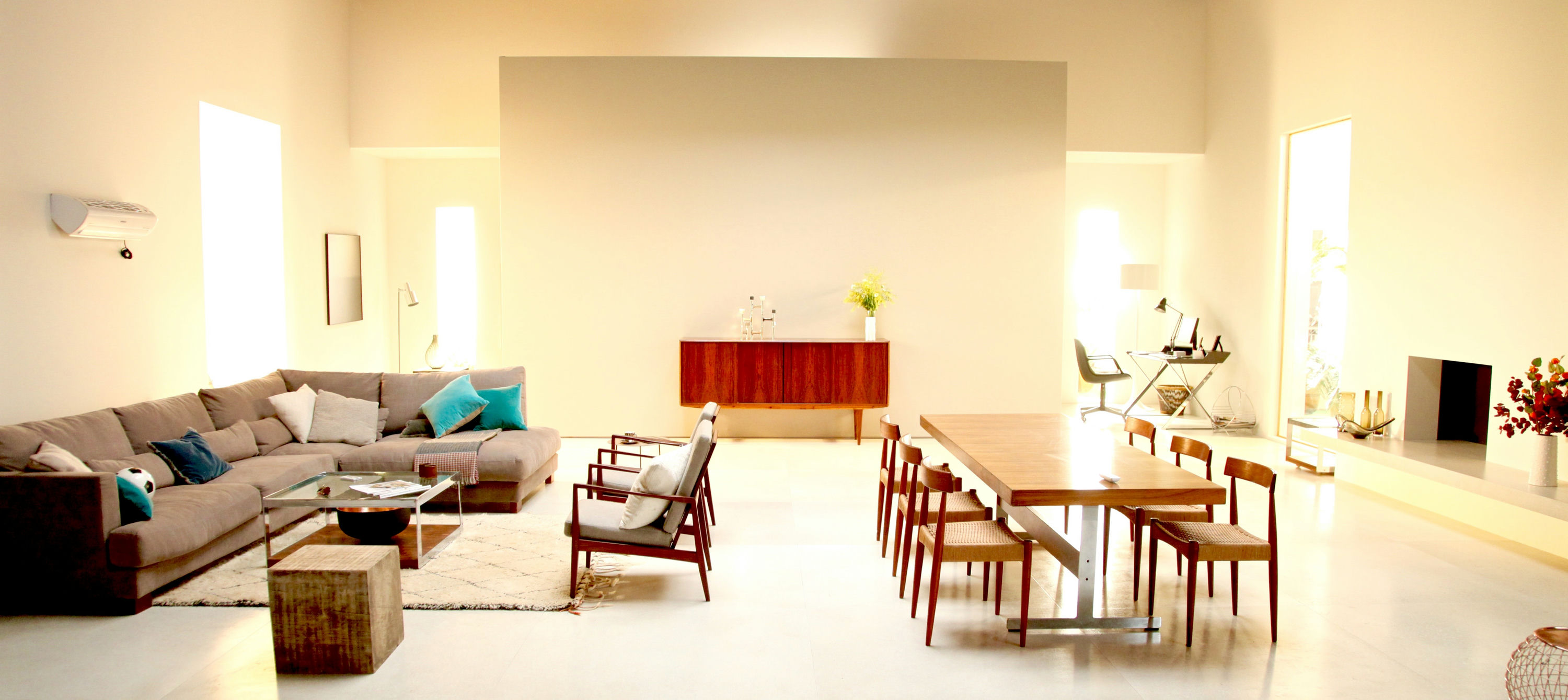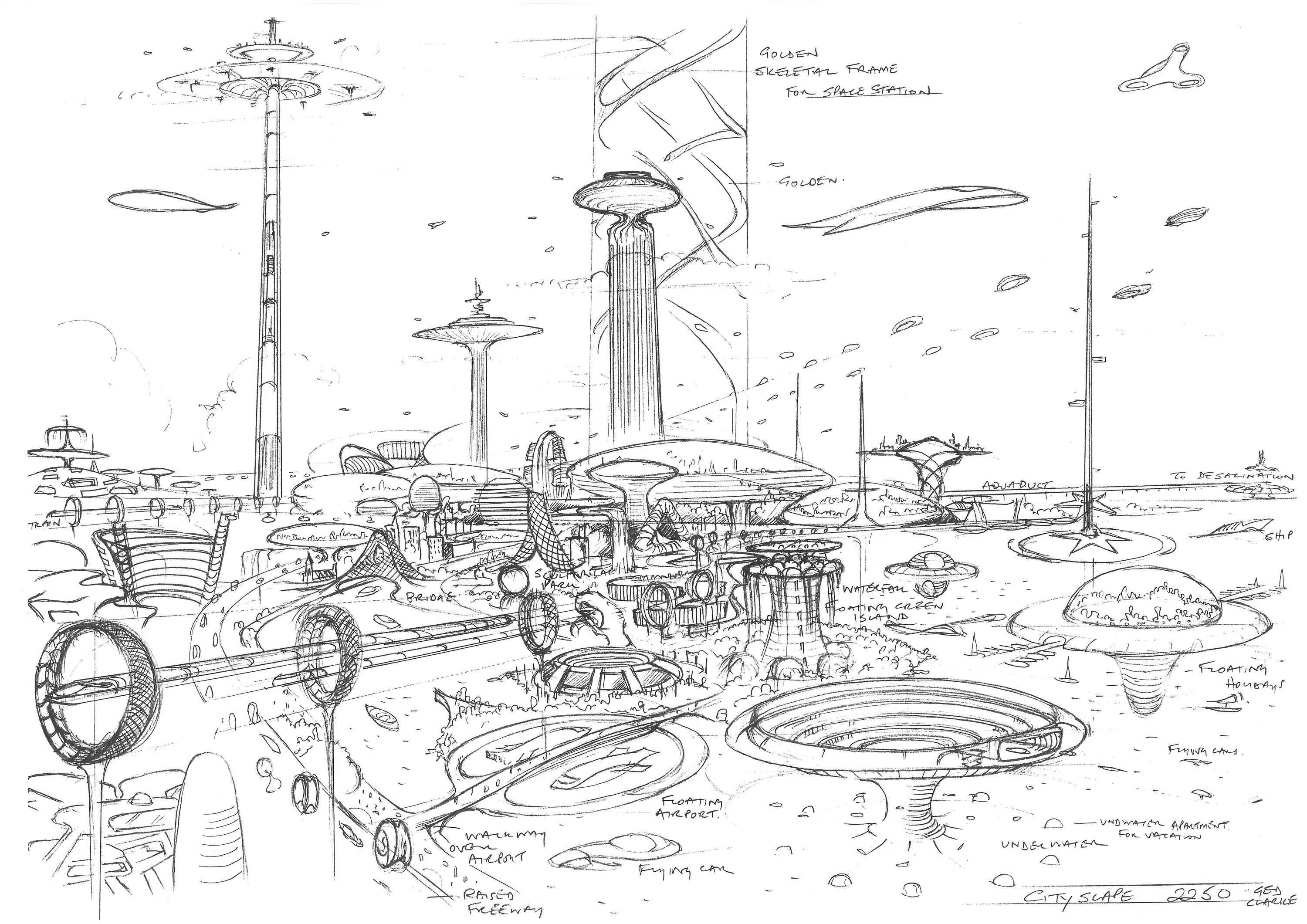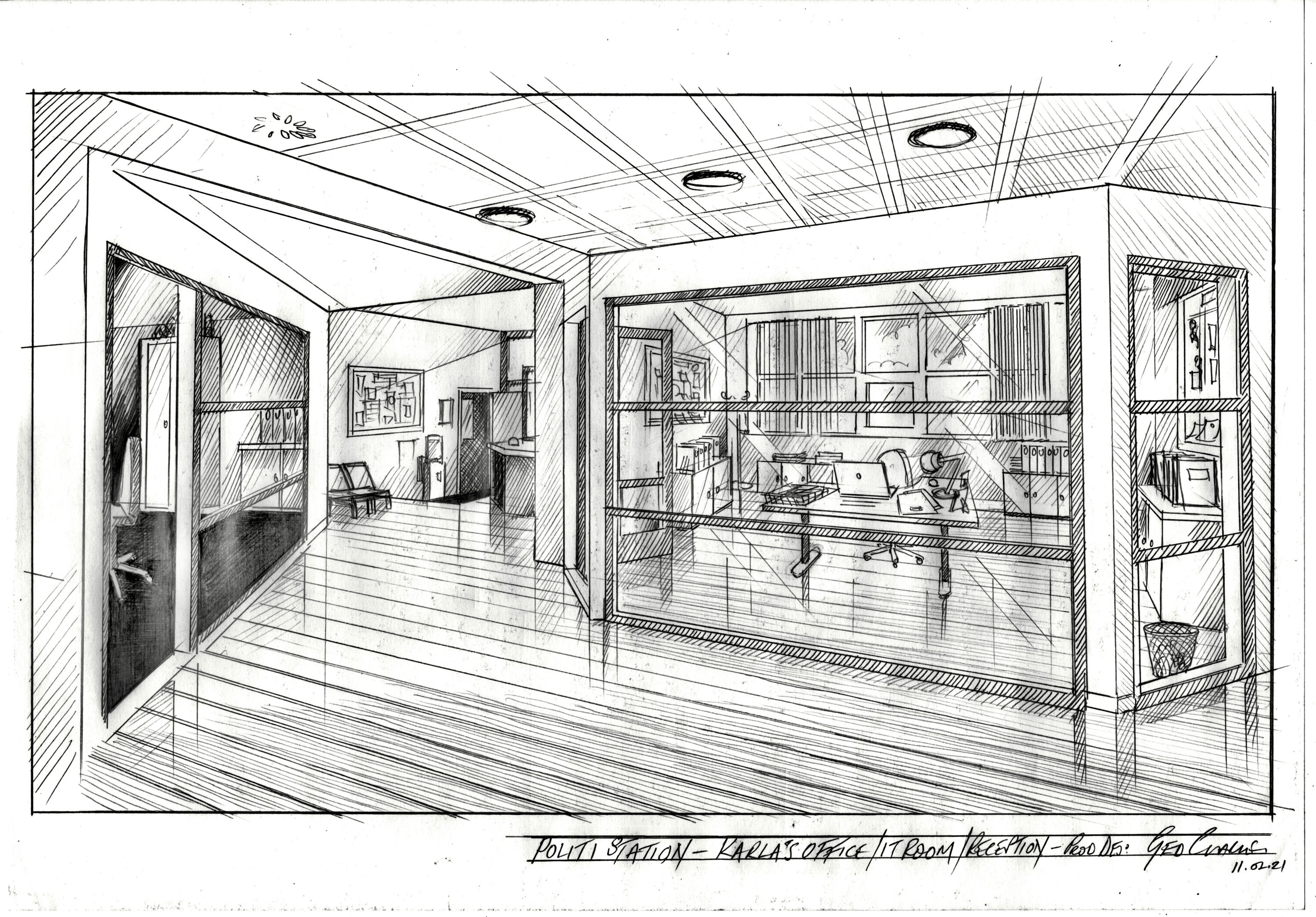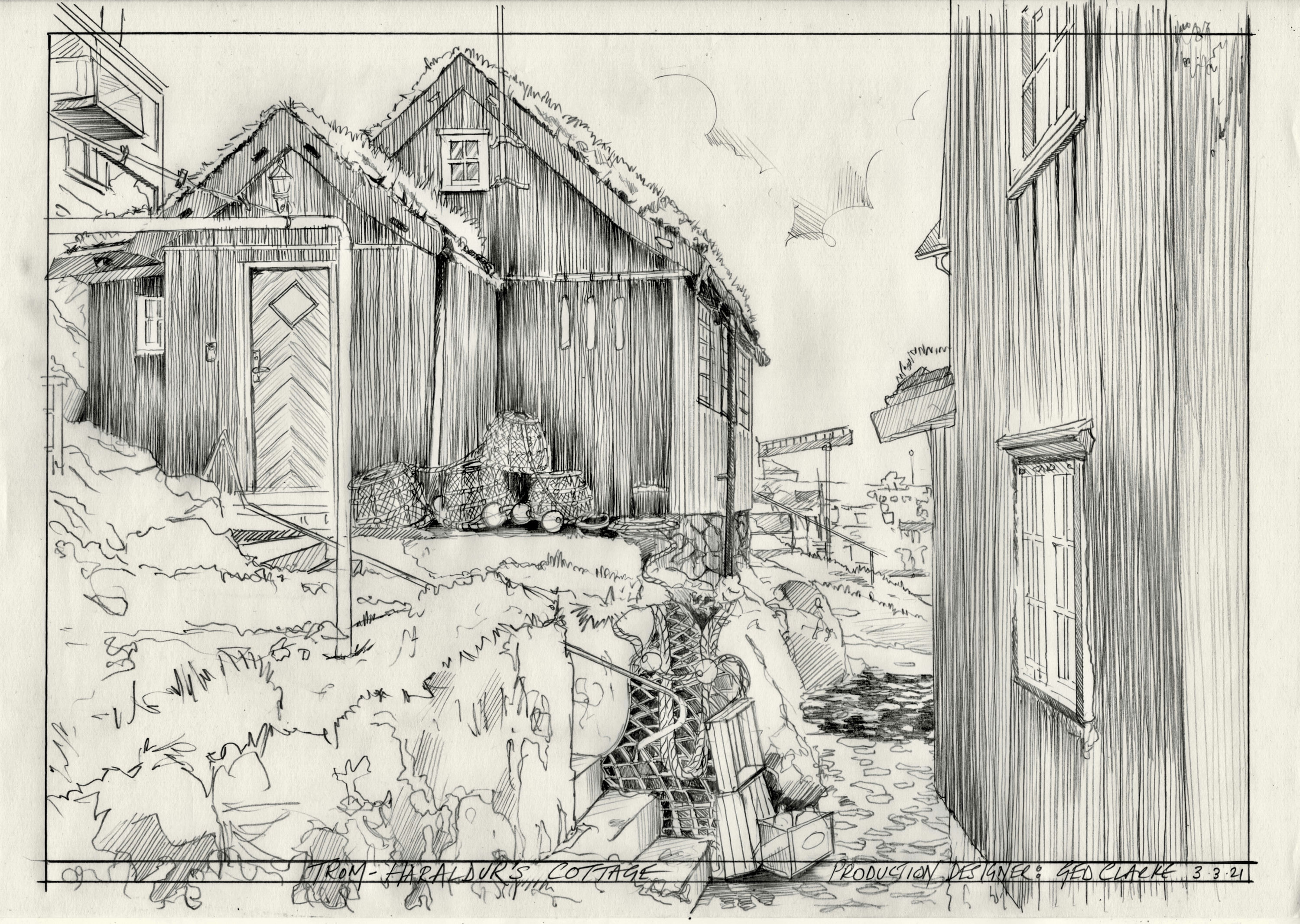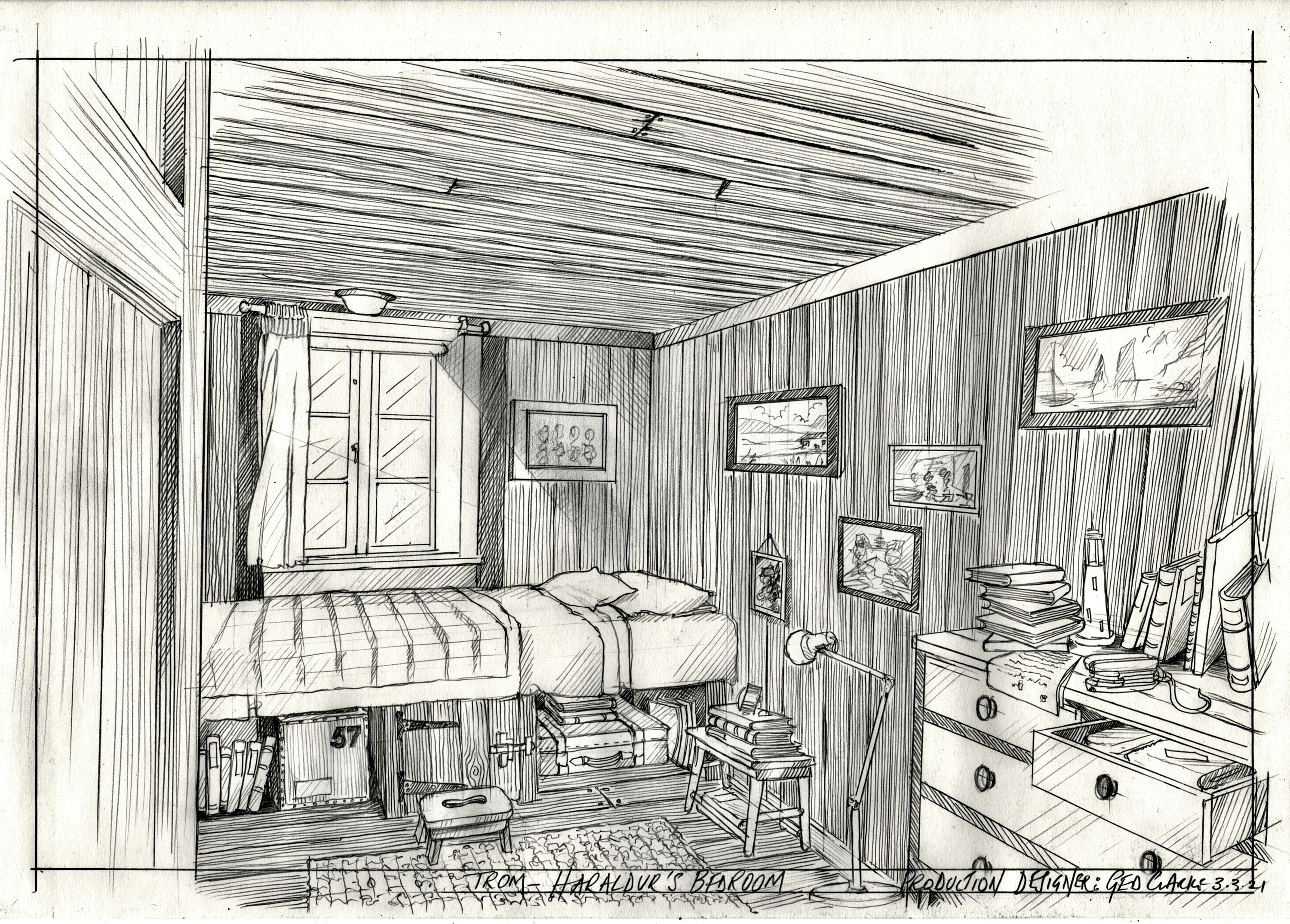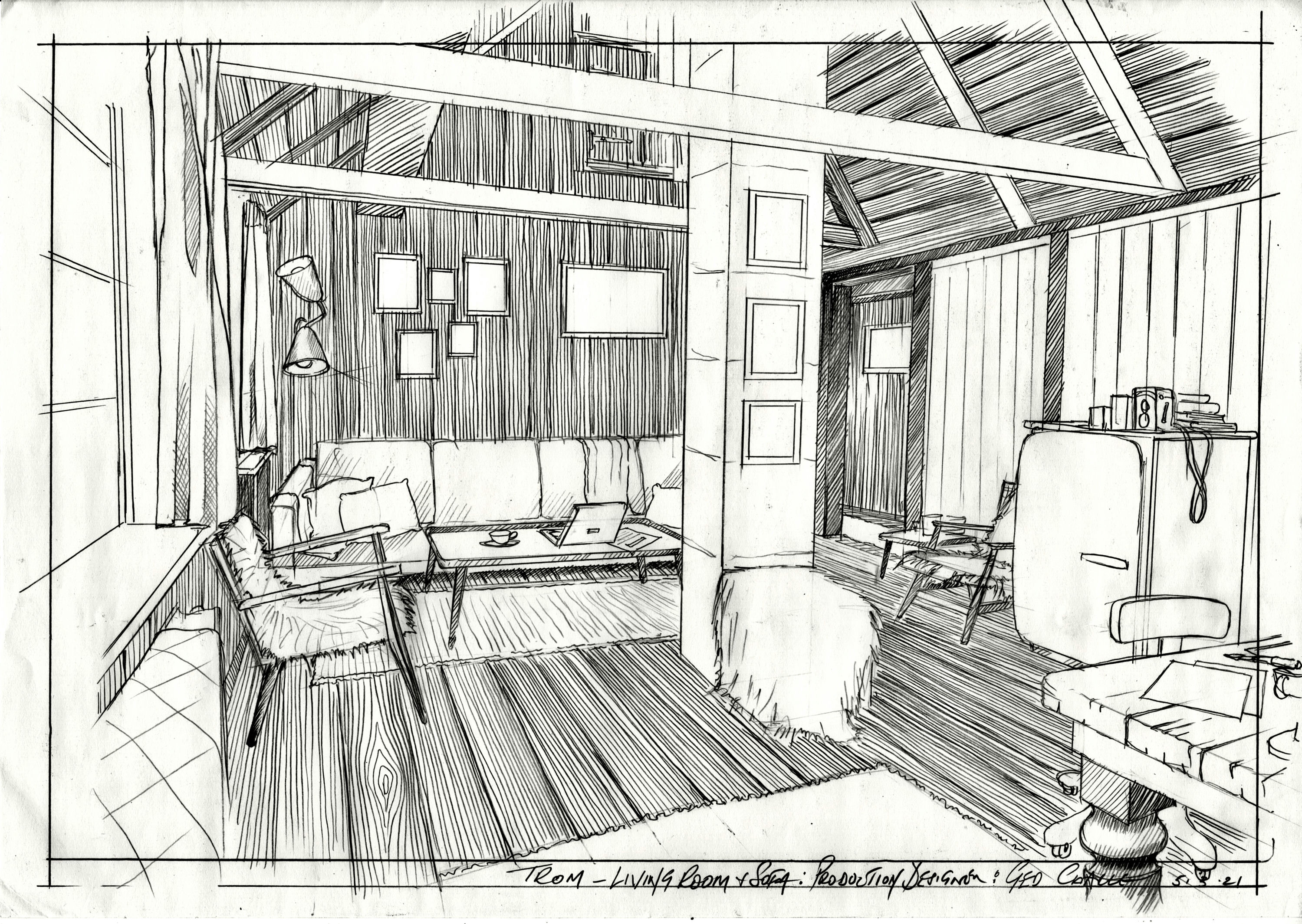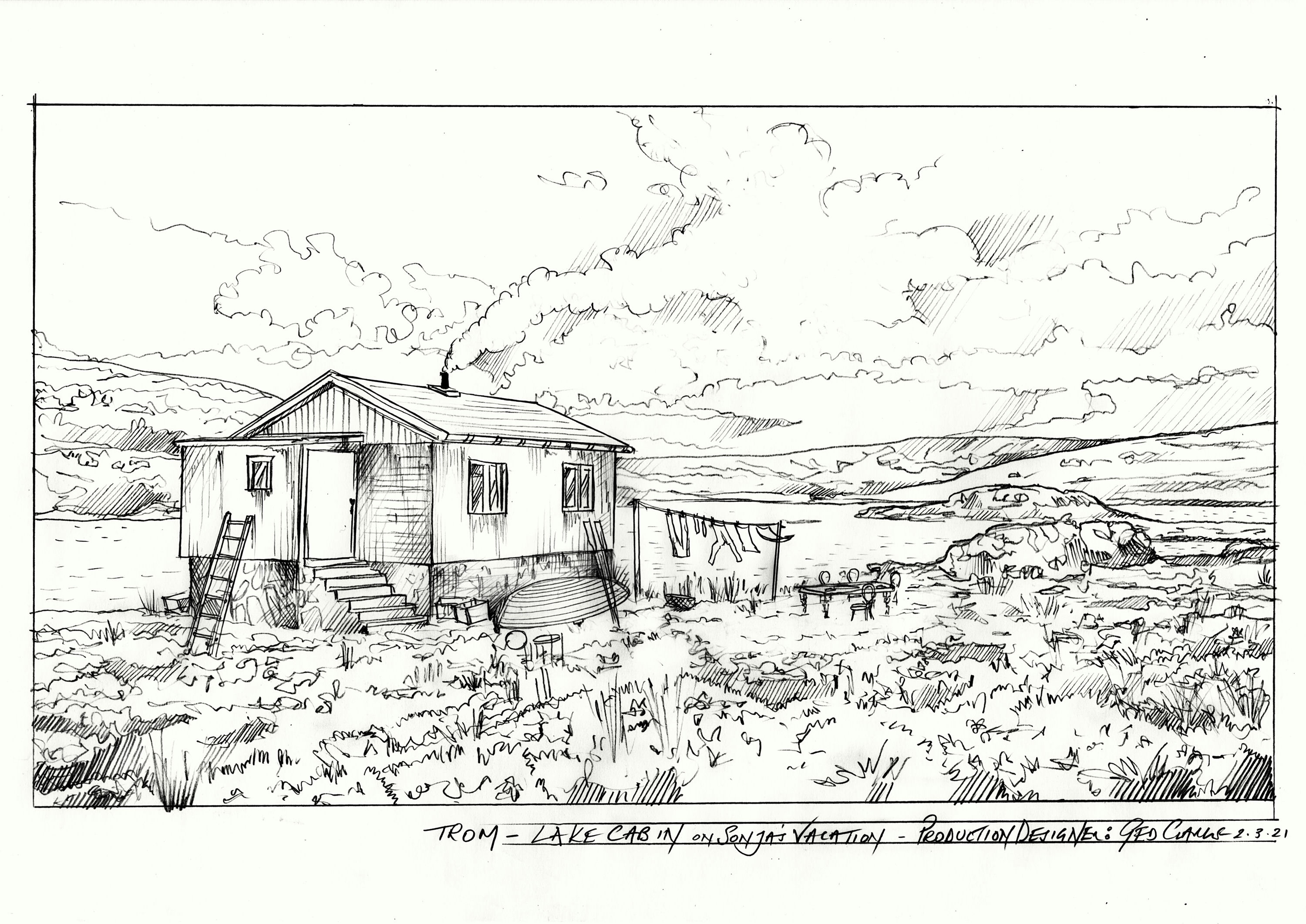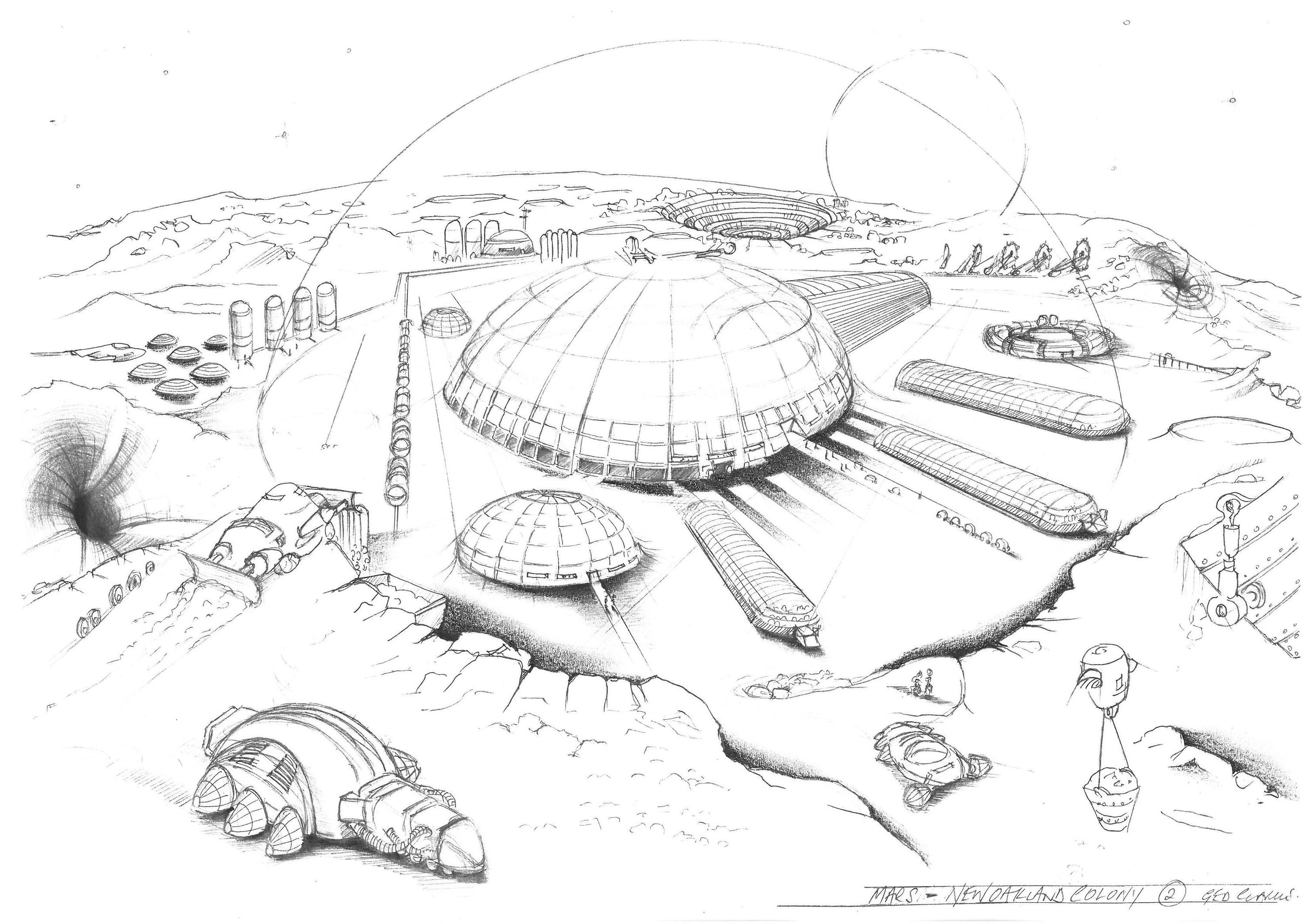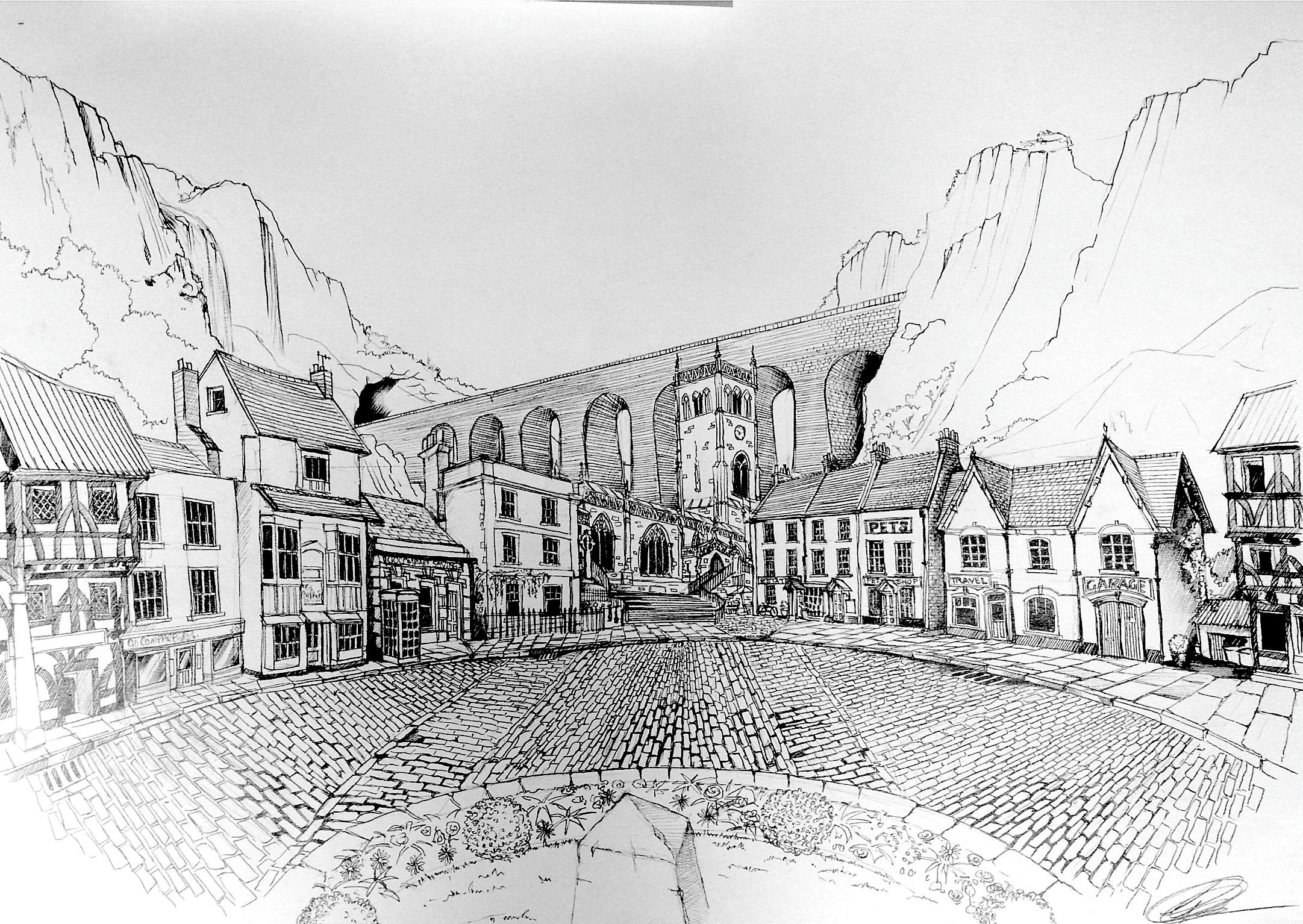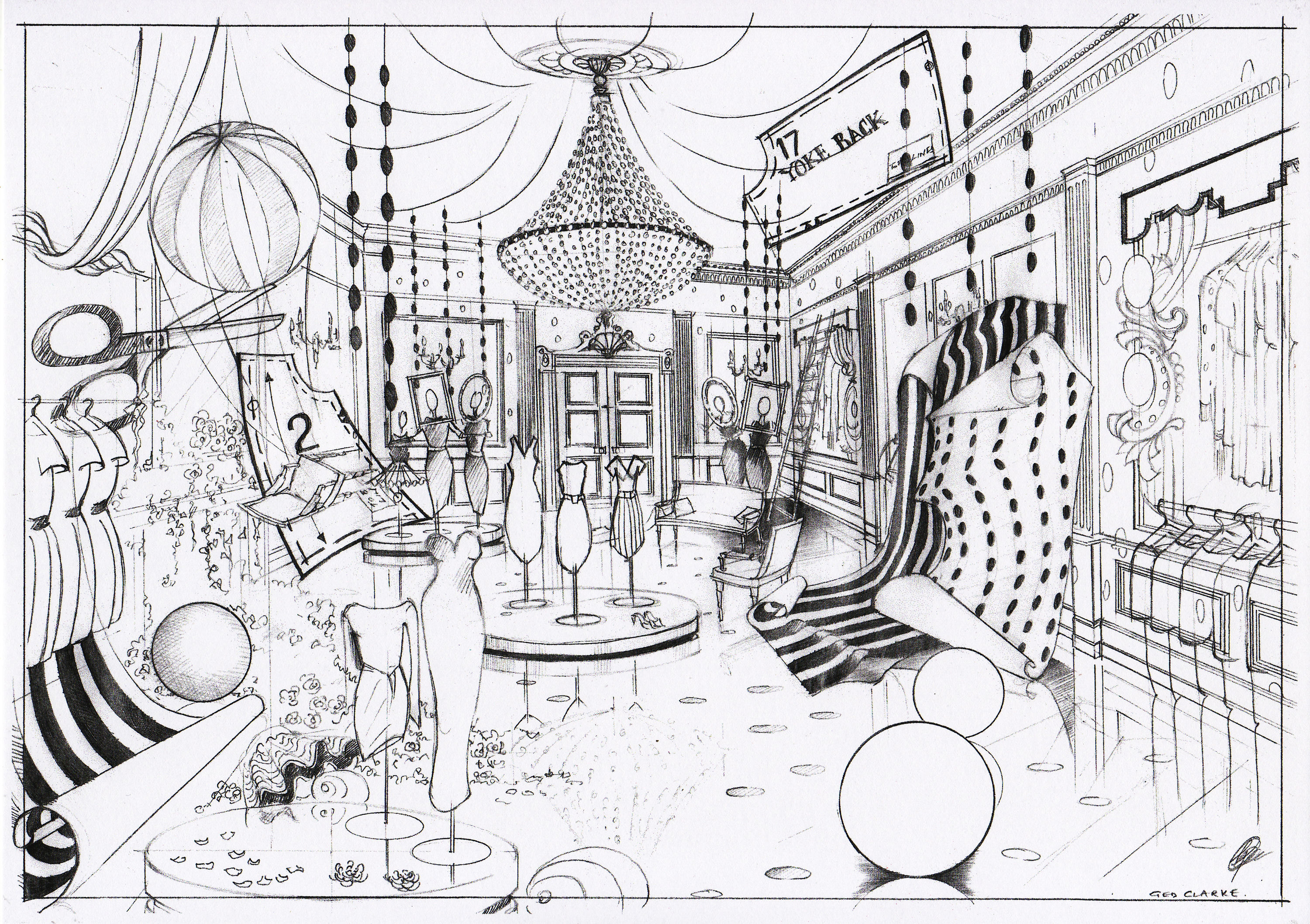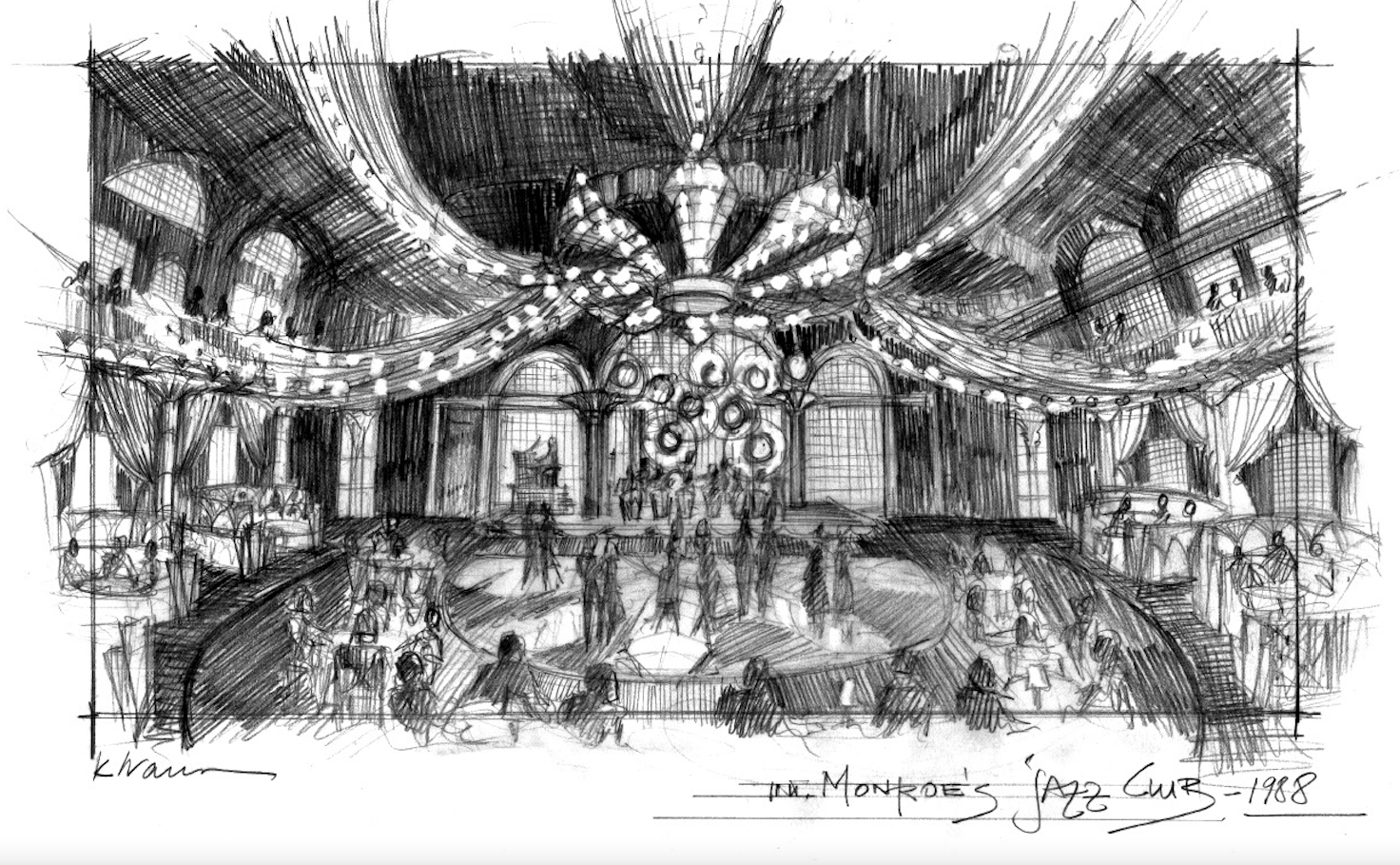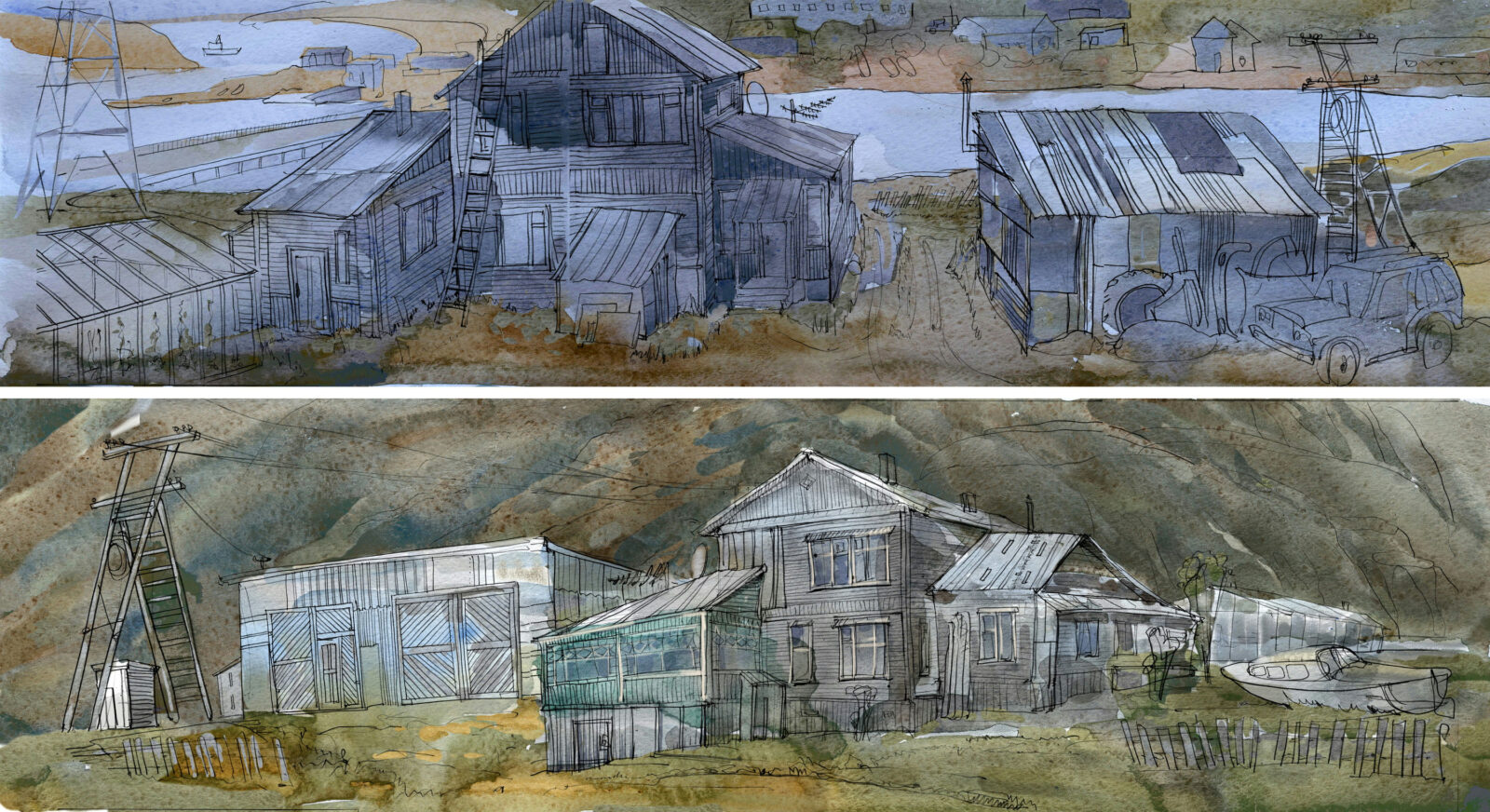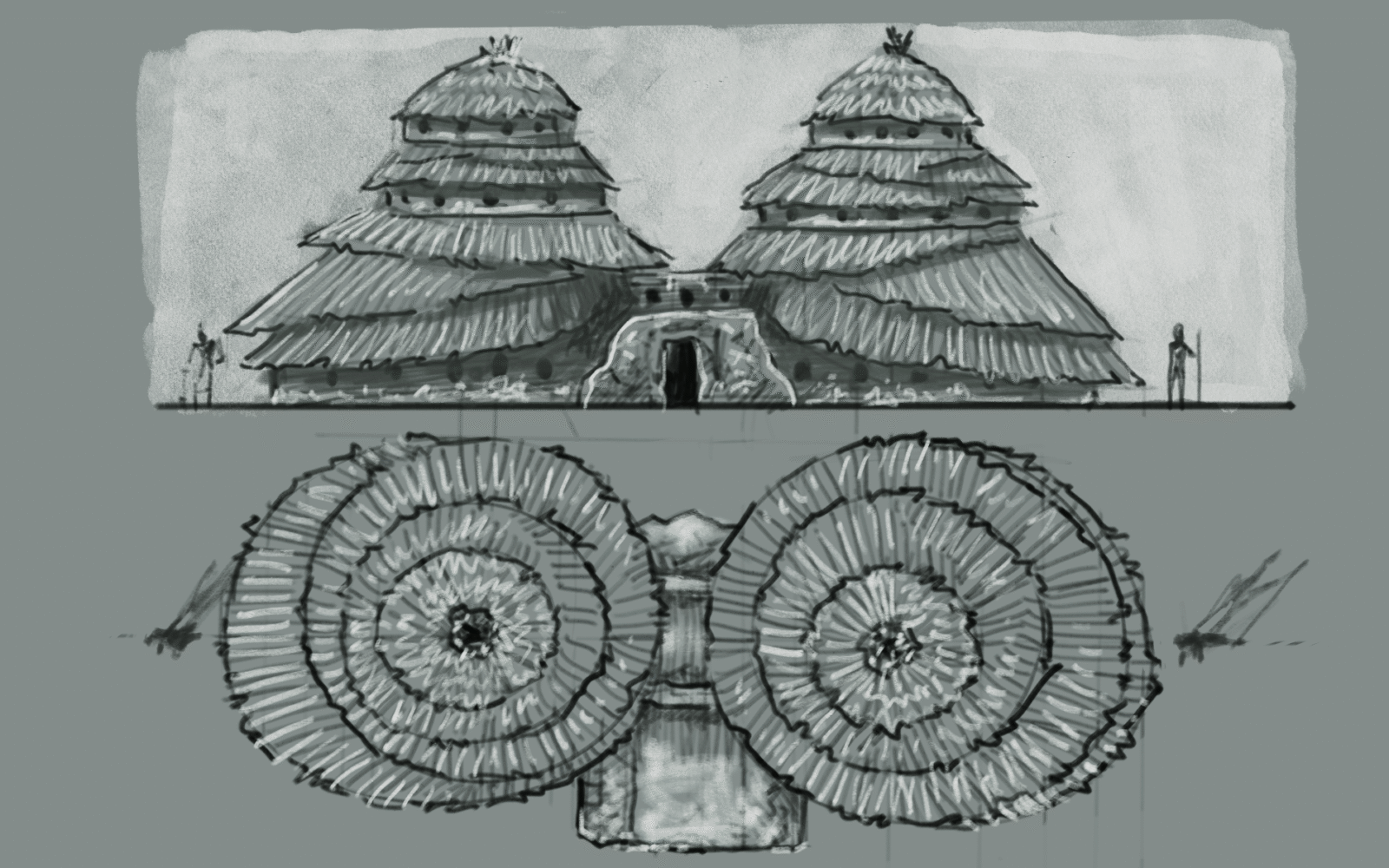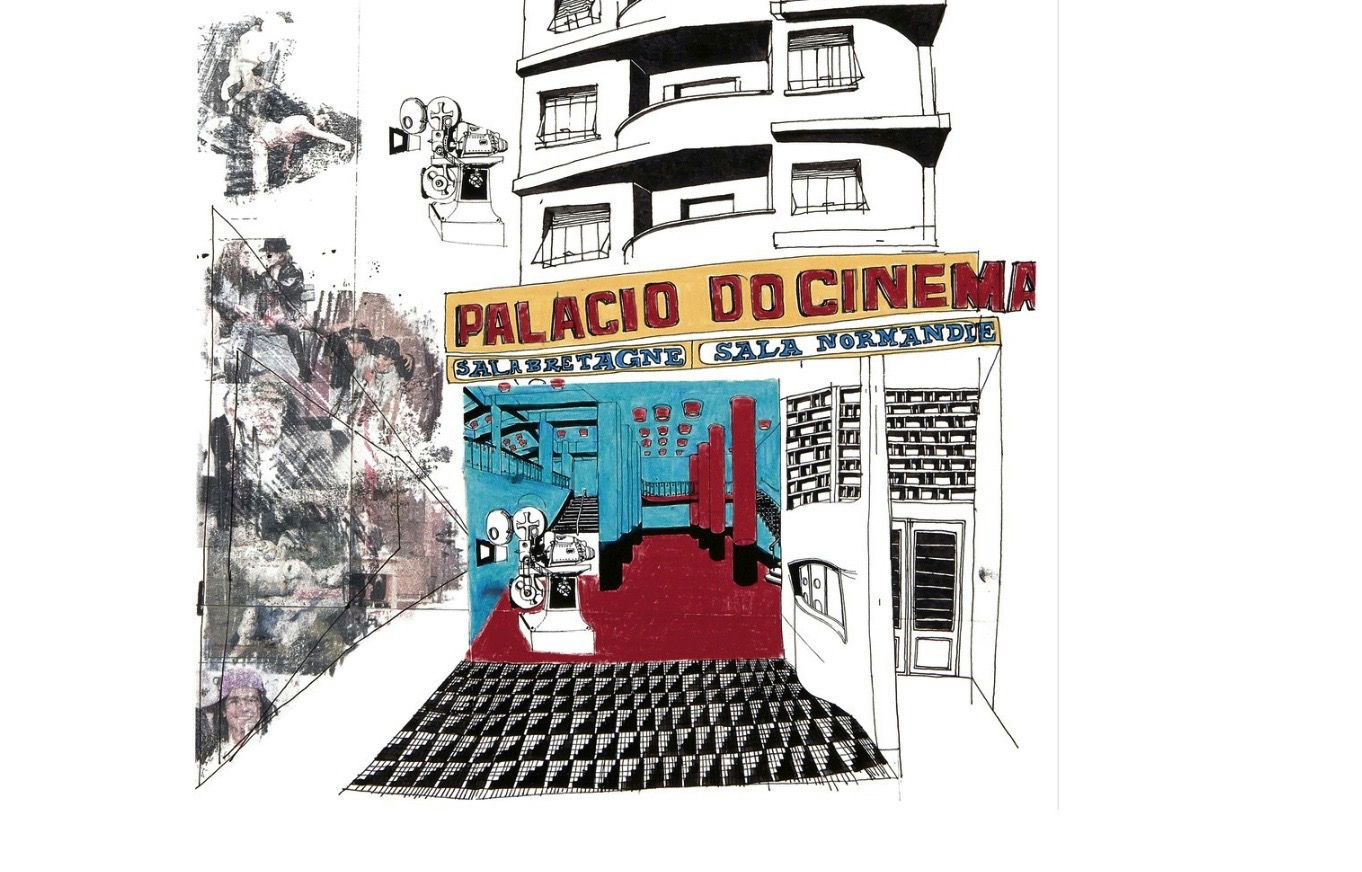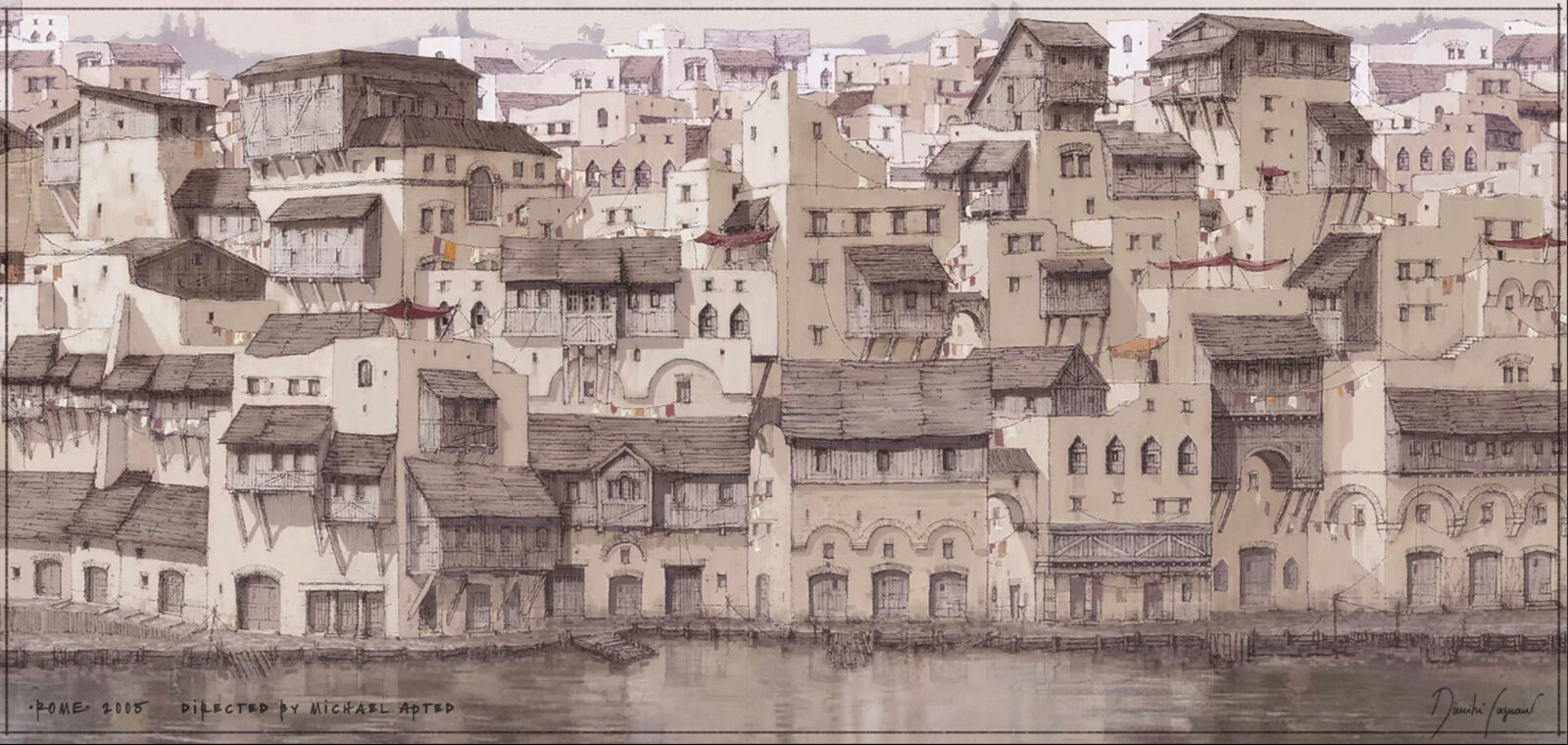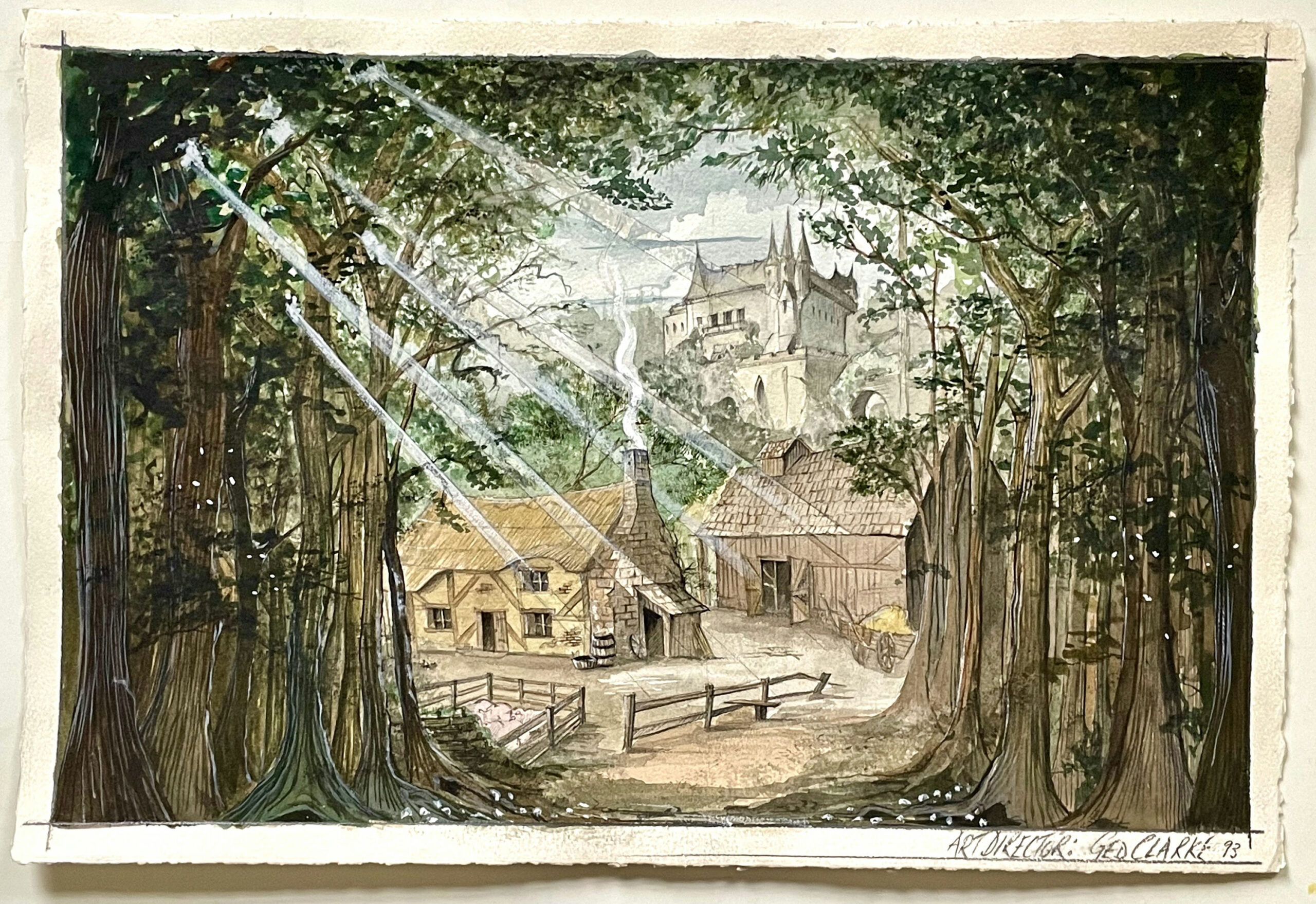
I always loved drawing and making things from as early as I can remember. I suppose that came from having so little as a child in the 1950’s and early 60’s. If I couldn’t have something, I made it. I was given a sketch book at the age of four when I was in hospital having my tonsils out and I just loved creating images. I was fascinated by the way my father held a pencil so lightly in his fingers. I sometimes look at my hands when I draw and they remind me of his.
At school, my art teacher Derek Eastoe changed my life, when he pulled me aside and told me I had talent and should think about art school. Whilst spending four years at Chelsea School of Art in the 1970’s, I became a bit of a recluse, drawing late into nights in sketch books, which I still treasure today. One of my sketchbooks was picked up by a busy art director at Fulham Studios where I was working in 1982, who asked if I could Sketch a New York rooftop and a night cityscape set for a pop video. The set built was pretty much per my sketch, and it was then I realised I could possibly be a production designer
Apart from set designs, I have also sketched specific props especially if they require a model make, or SFX and sometimes costumes, or if they require a particular art direction, such as a gladiator or animatronic talking pig. I once had to design an alien and as the director was engaged in editing, he didn’t have time to check in, so I drew 67 versions, before the producer became aware of how many days I had been working.
Likewise, I had to design a giant thirty foot sculpture of a footballer. I must have drawn twenty, with a brief to make it simpler and simpler, before agreeing on one which had virtually no detail at all. It was carved by the same Italian sculptor, who carved and faux-marbled the Trevi fountain set in Fellini’s "Dolce Vita". We blew up a four foot model of it a month later.
I love the drawings of other Production Designers especially those of Ken Adam of course. I also love the older styles of designs from Van Nest Polglase, William Cameron Menzies to John Box and later designers drawings of Stuart Craig & Steve Saklad. I was once drawing up a big Ships Cargo Bay set for a Nike Commercial with Terry Gilliam at Cinecitta Studios in Rome, and was invited to visit Dante Ferretti’s Studio. I was amazed at the size of his A1 charcoal, chalk and pastel drawings he had made for ‘Gangs of New York’ and realised, I too should be drawing much bigger, as they always looked so much better when reduced later. I love the way he draws with light and wished I could do that.
I wish I were a better draughtsman, I wish I had more time to render a sketch, I wish I could make more Illustrative Concept Art like John Howe or Alan Lee or to work in charcoal like Hugh Ferris, or in Photoshop, like Luigi Marchione, Justin Sweet and Magda Kusowska.
It has and always will be important for me to draw a set sketch for most of the sets I design along with the plans, my references, location stills and prop selections, which together form the core of every project. For me, the skill of a production designer to be able to draw is essential. Drawing a set is important, not just to be able to visualize, but also convey to all the world in which you wish to create.
Some crew, directors, producers and agencies have asked to keep a few of my original sketches, but think I have most, which now run into thousands, all roughly stacked up in a top studio room in my house.
